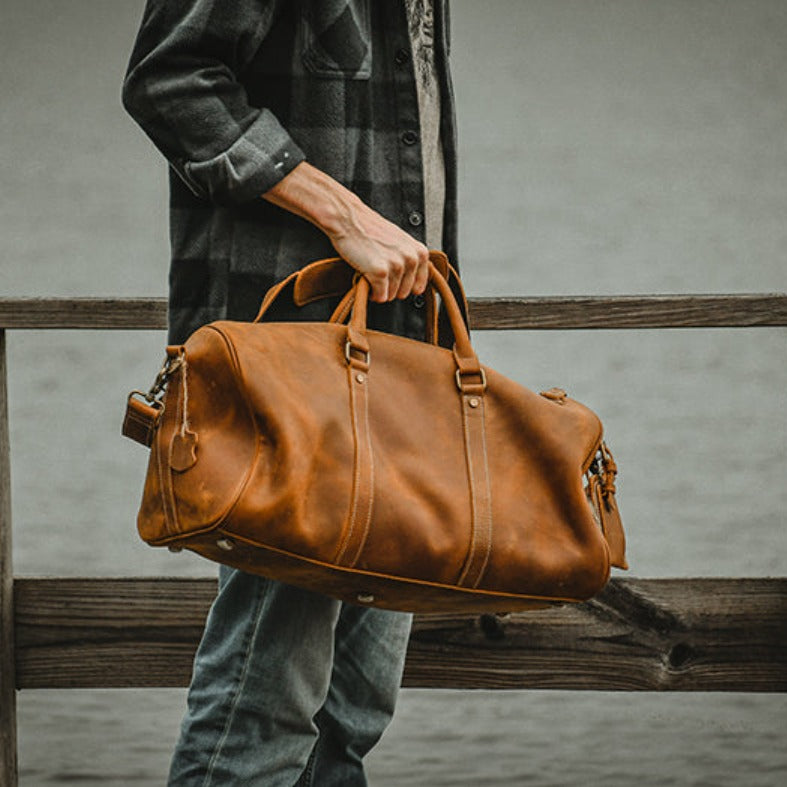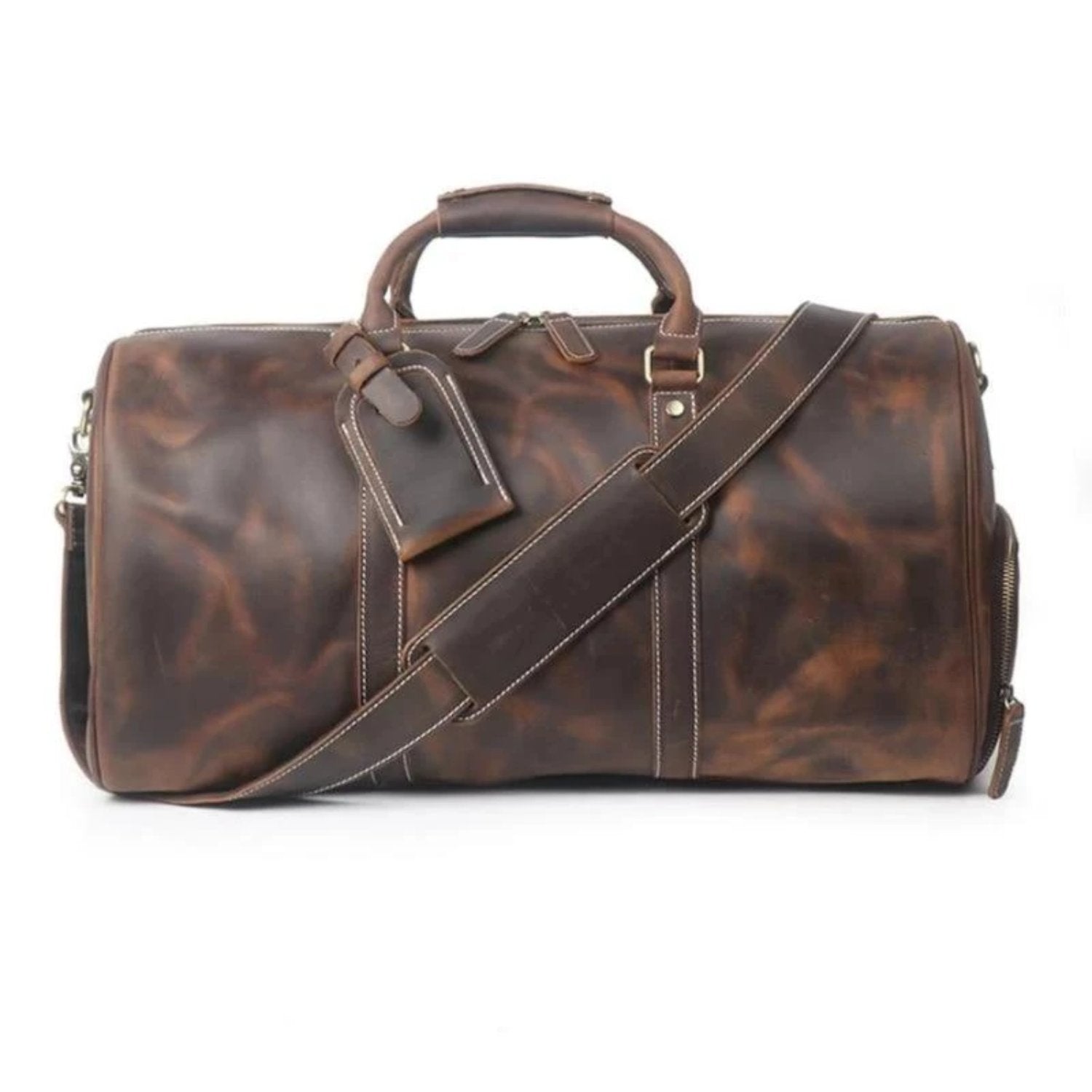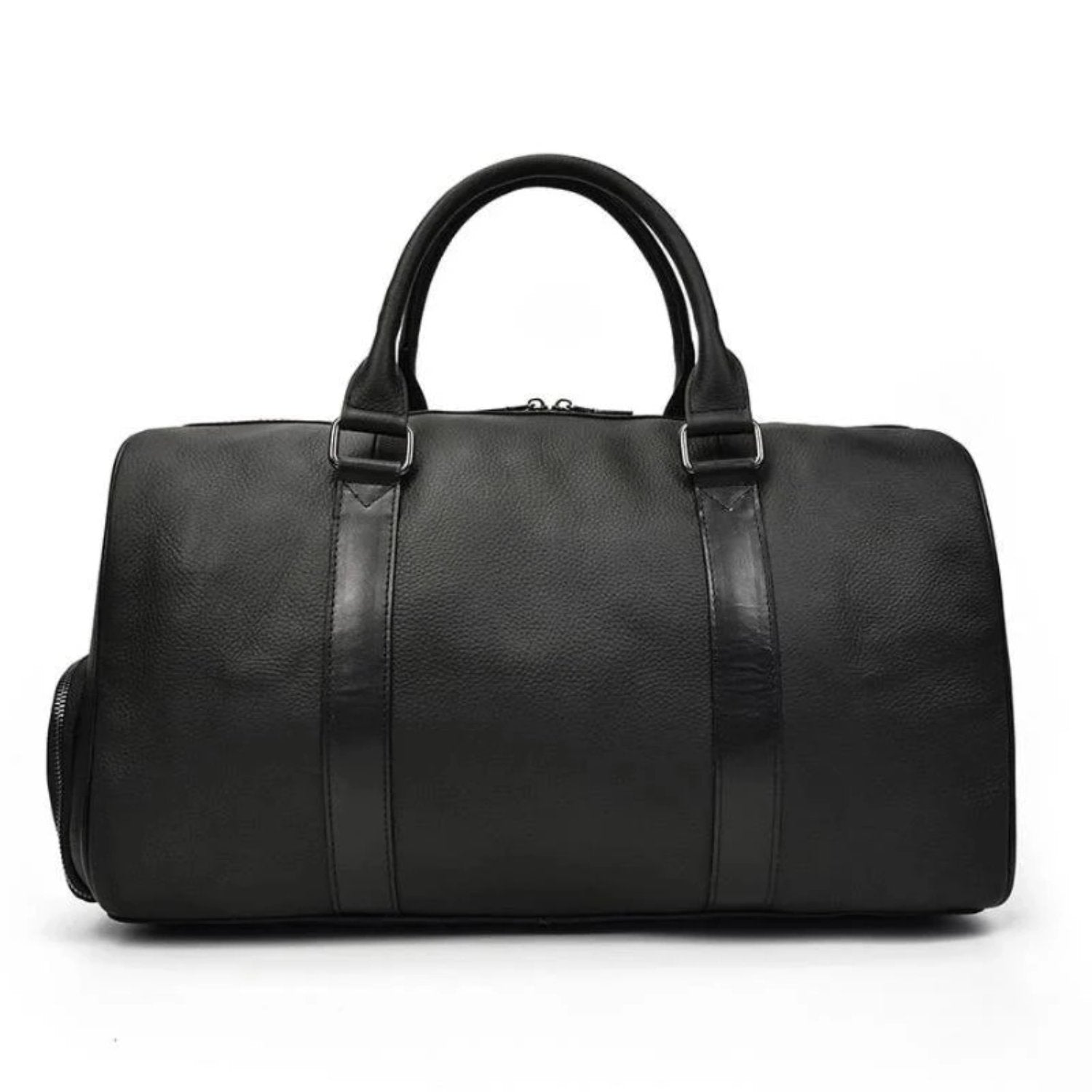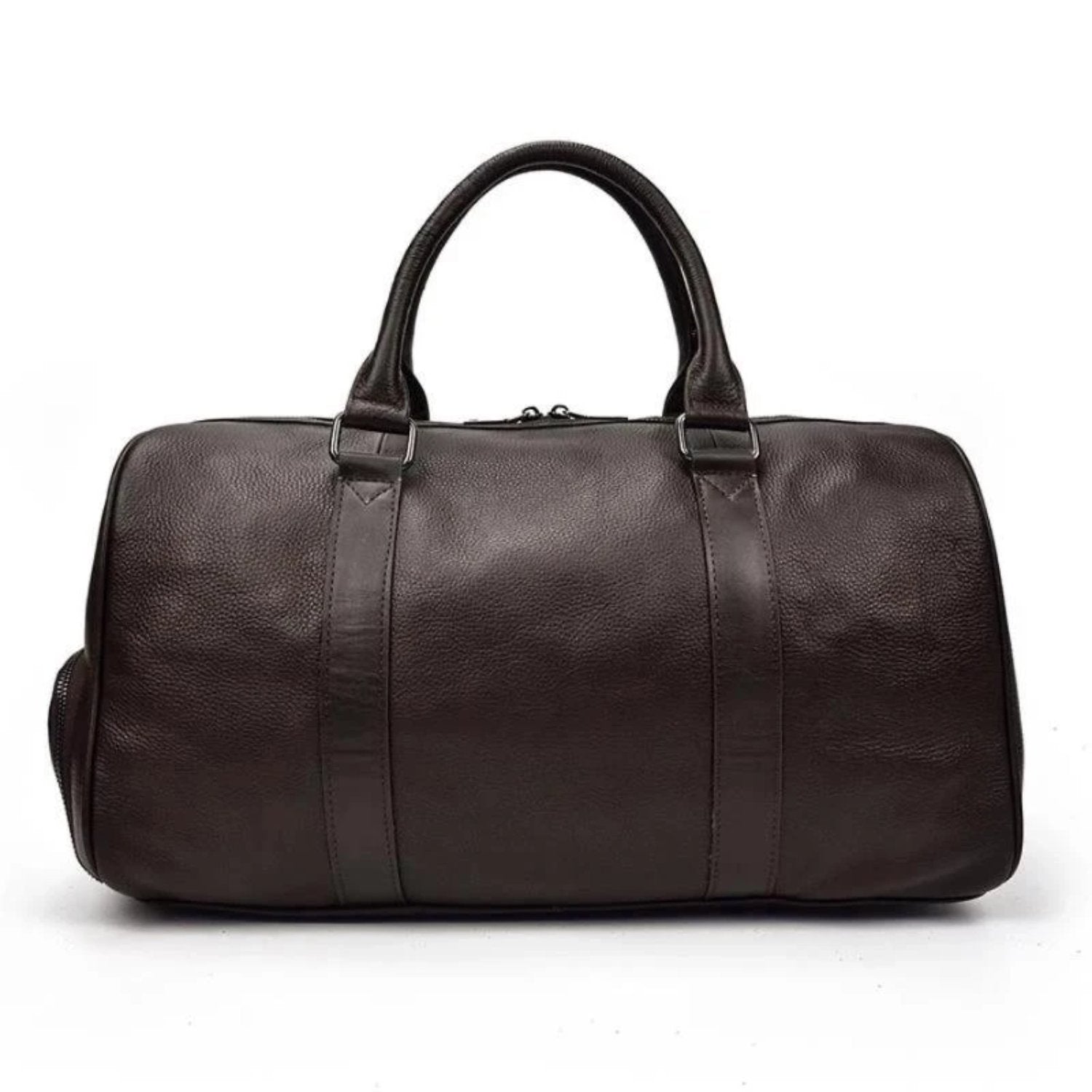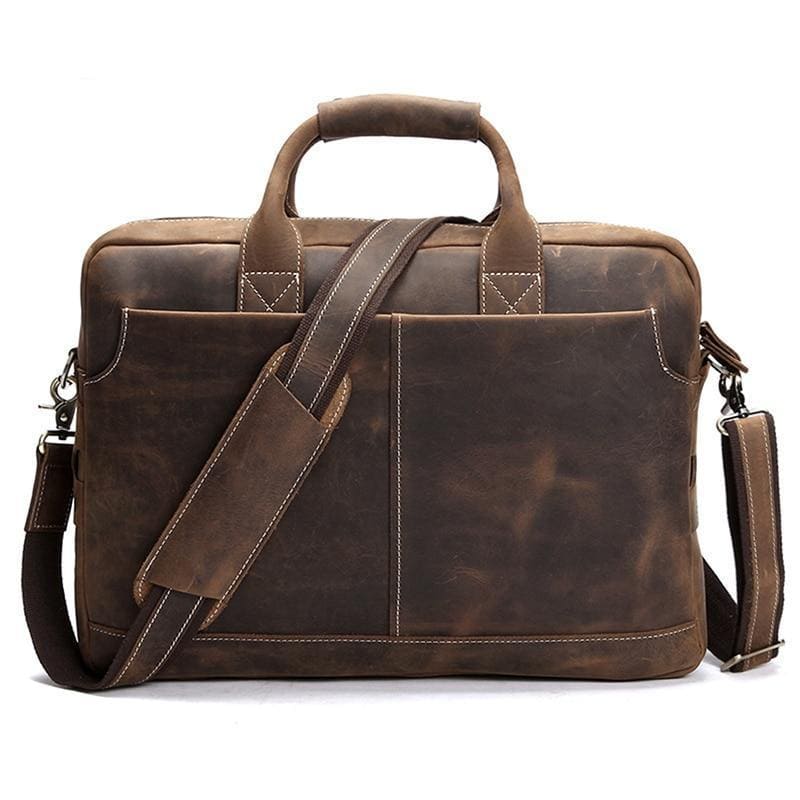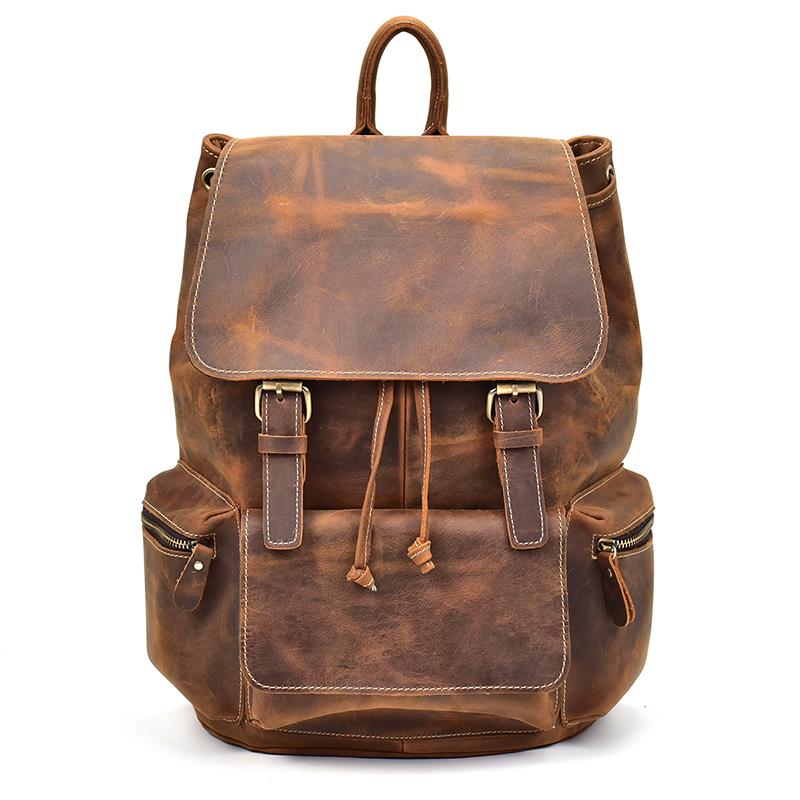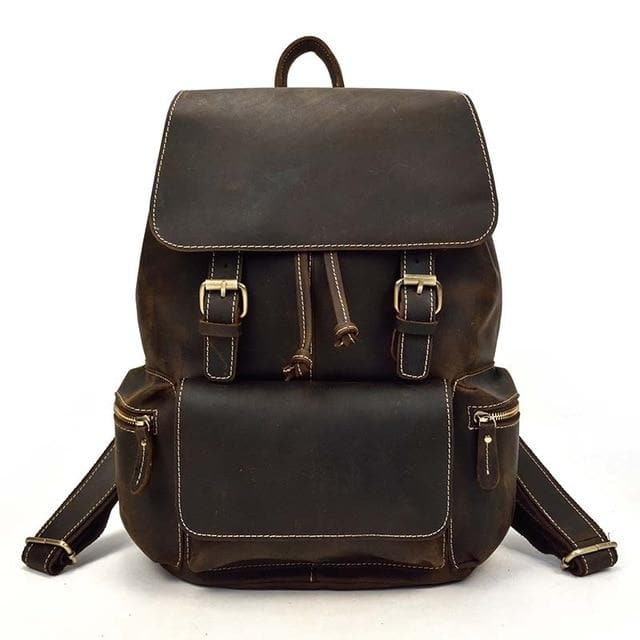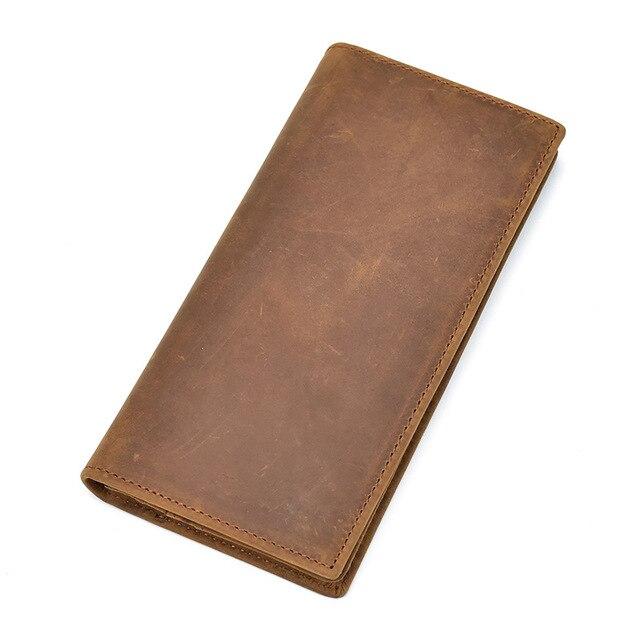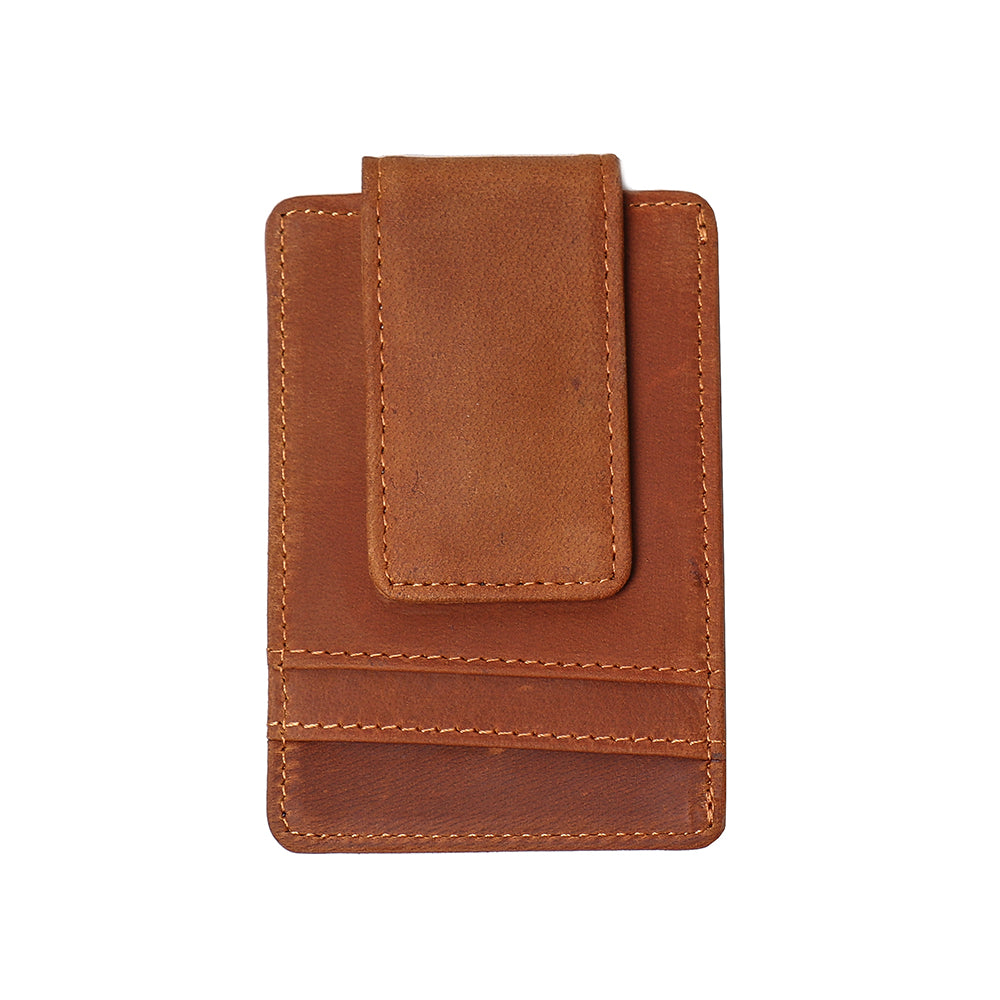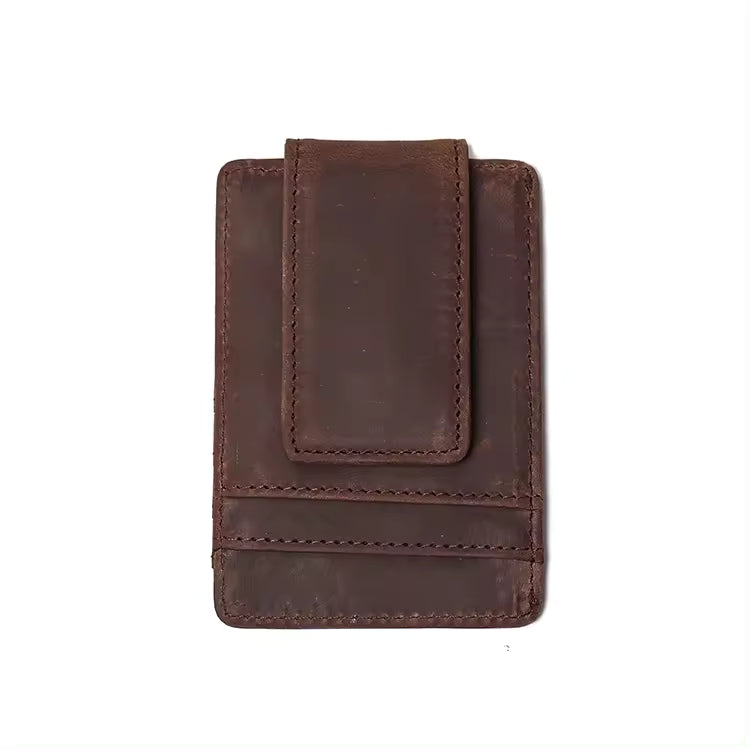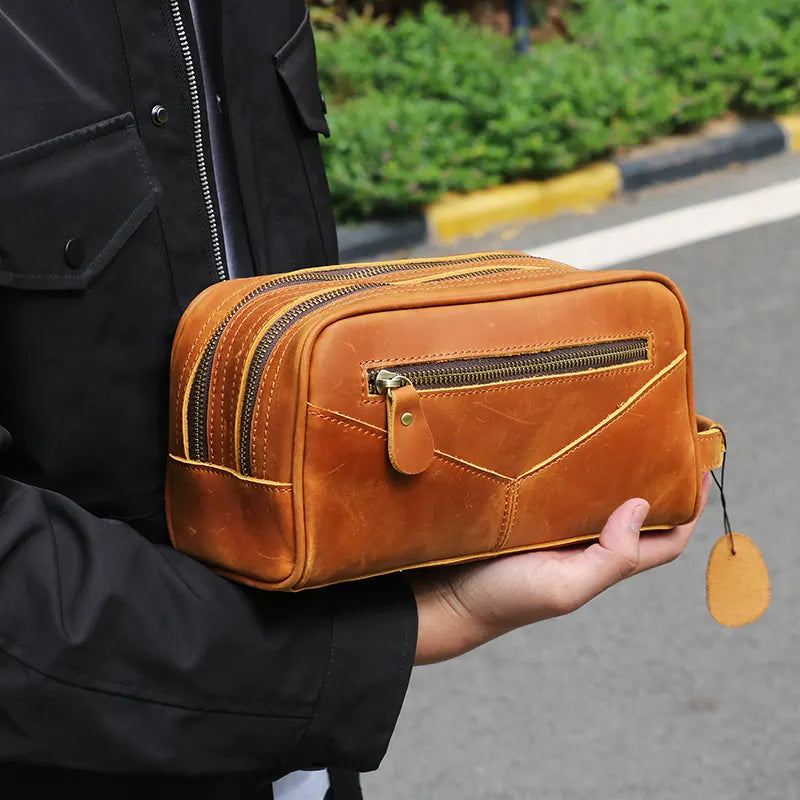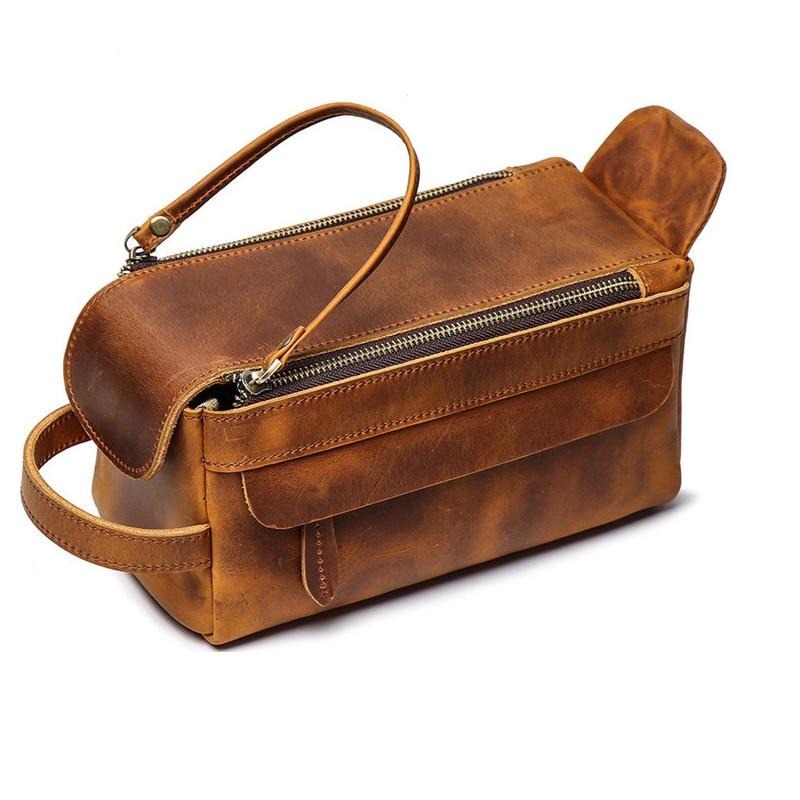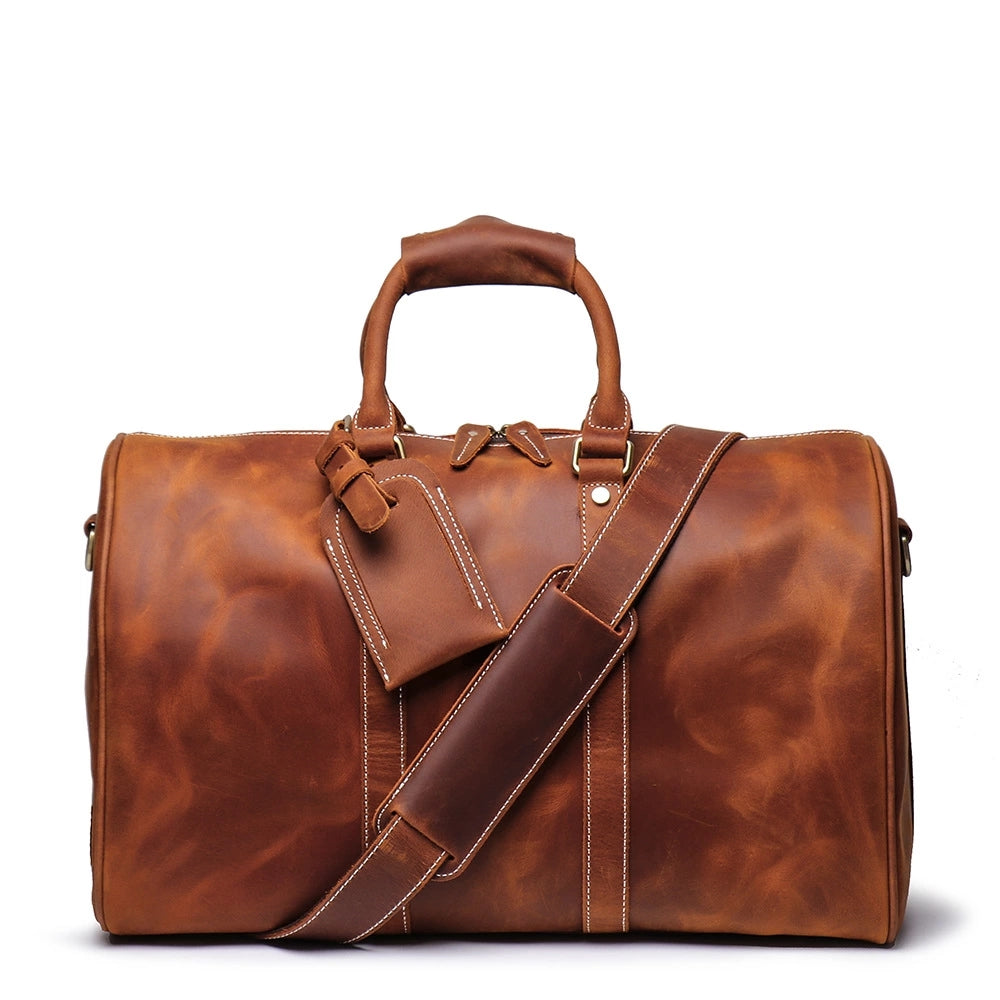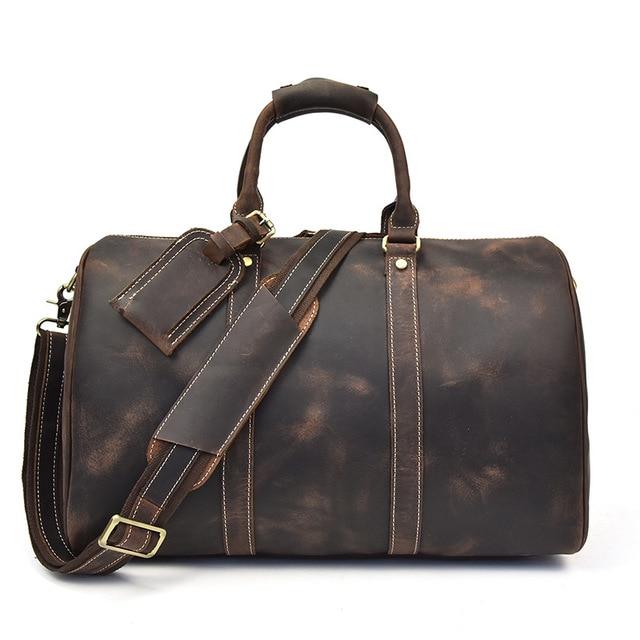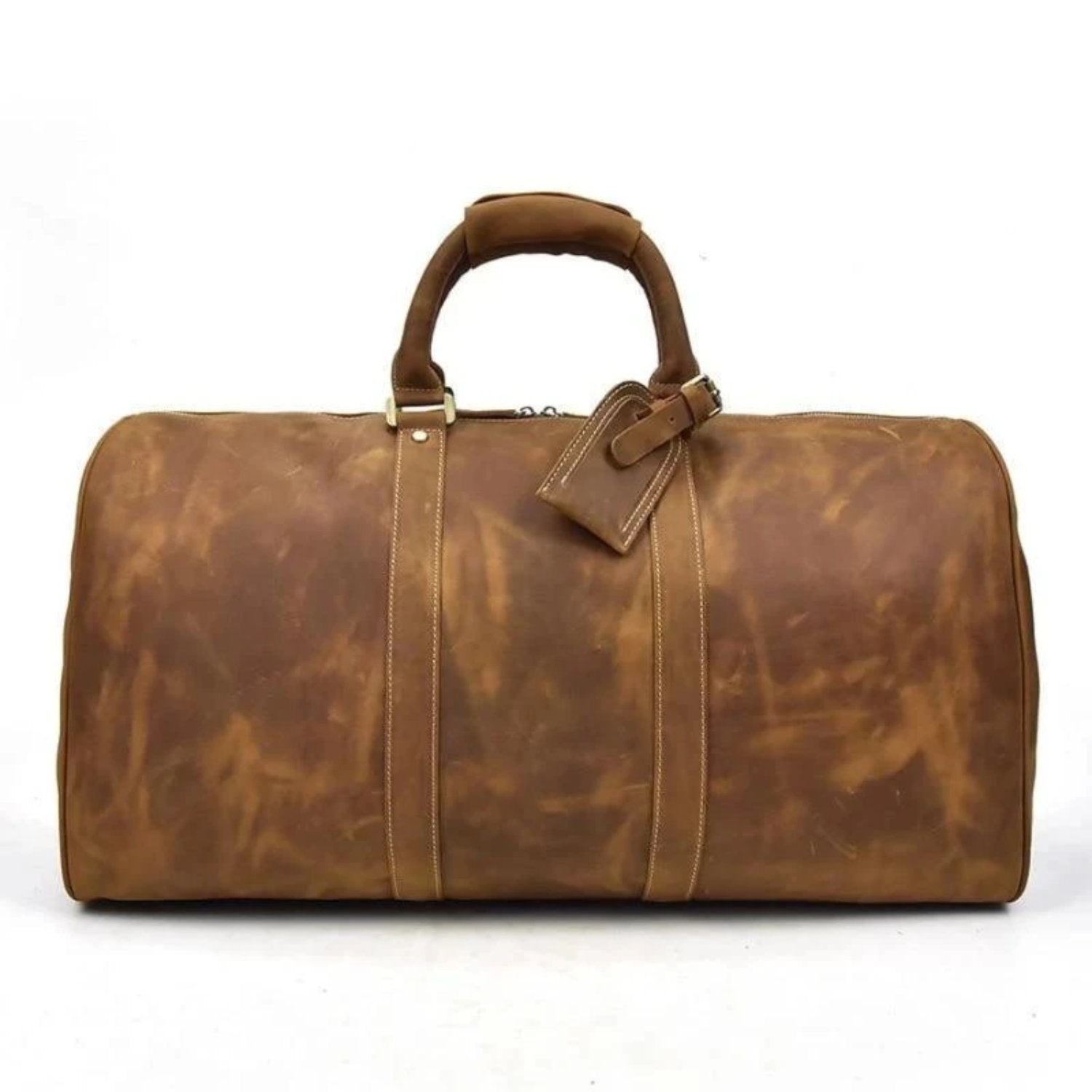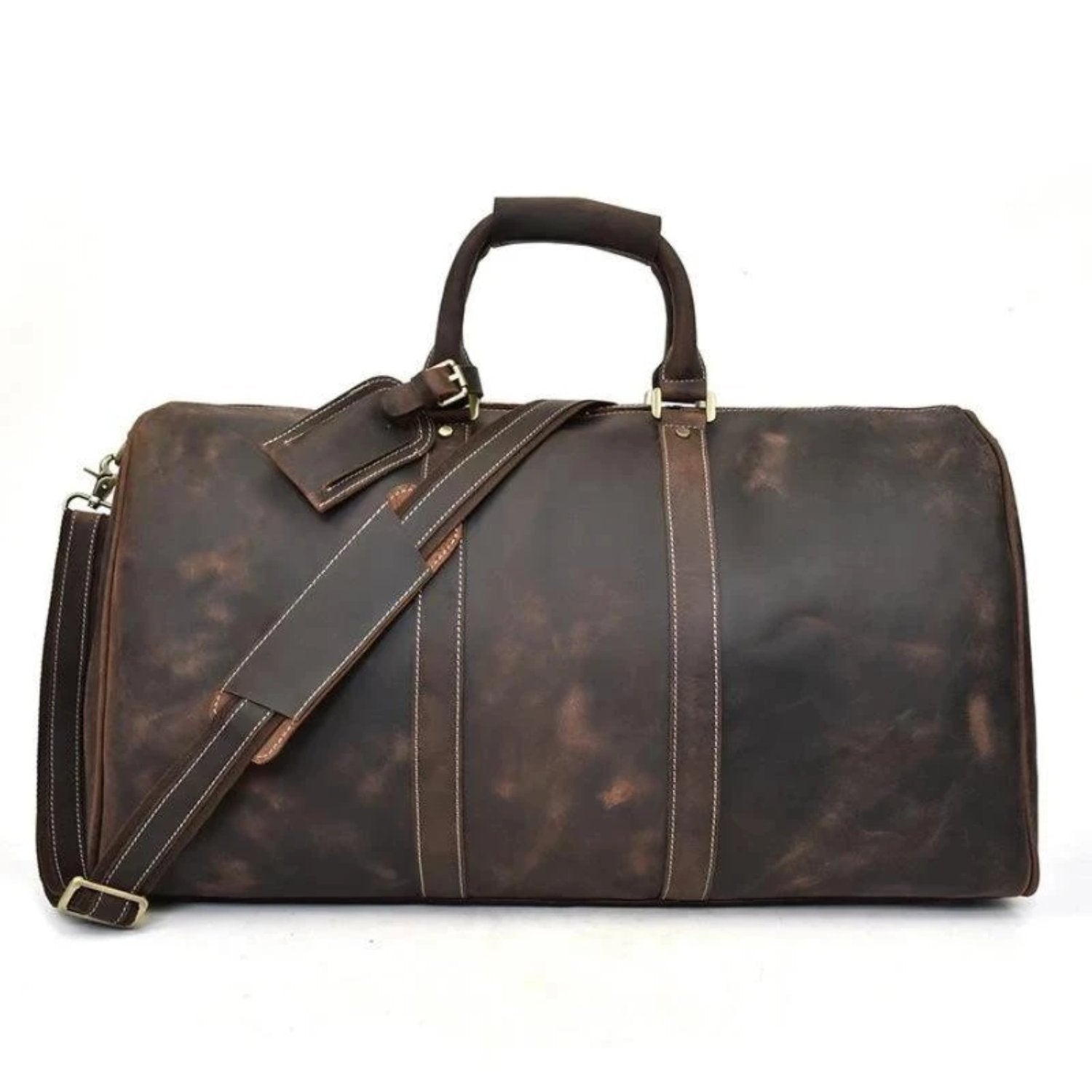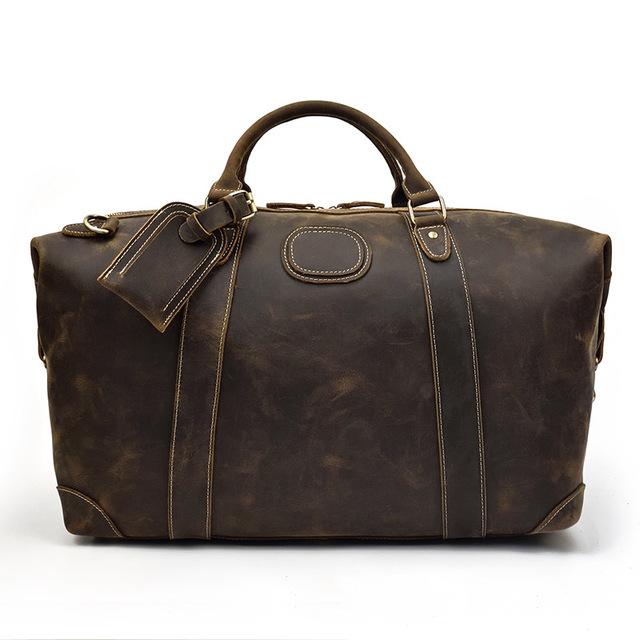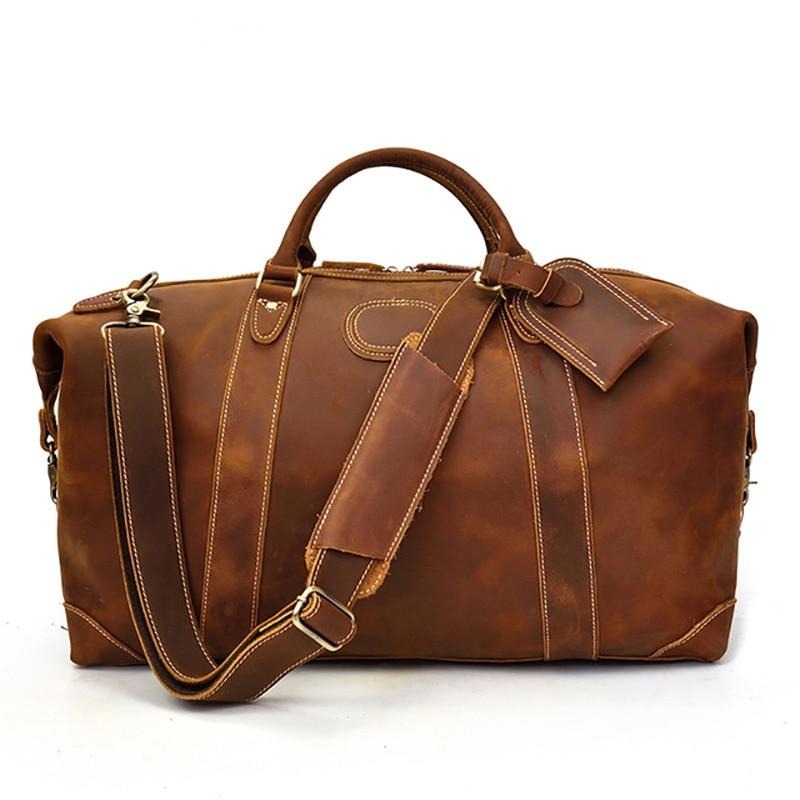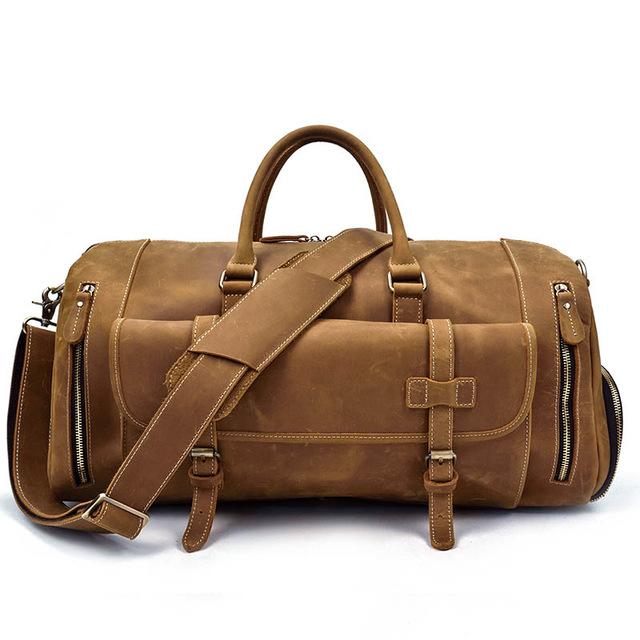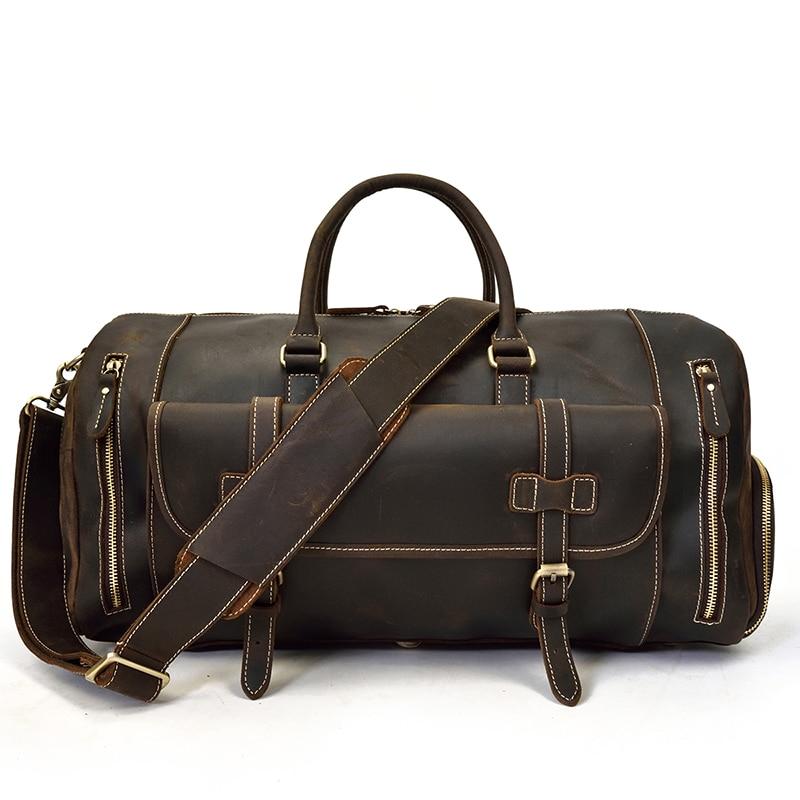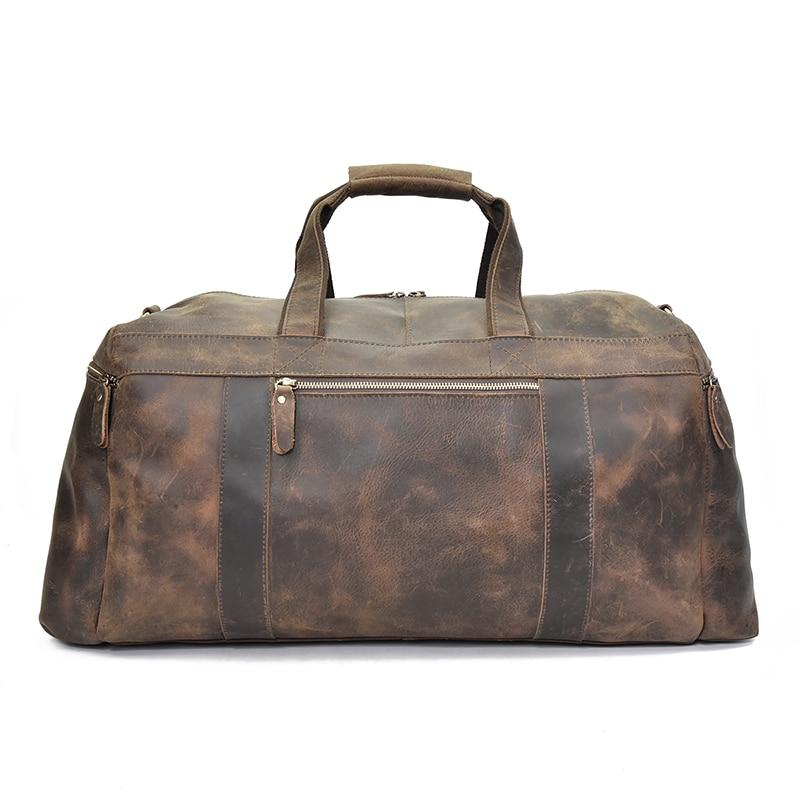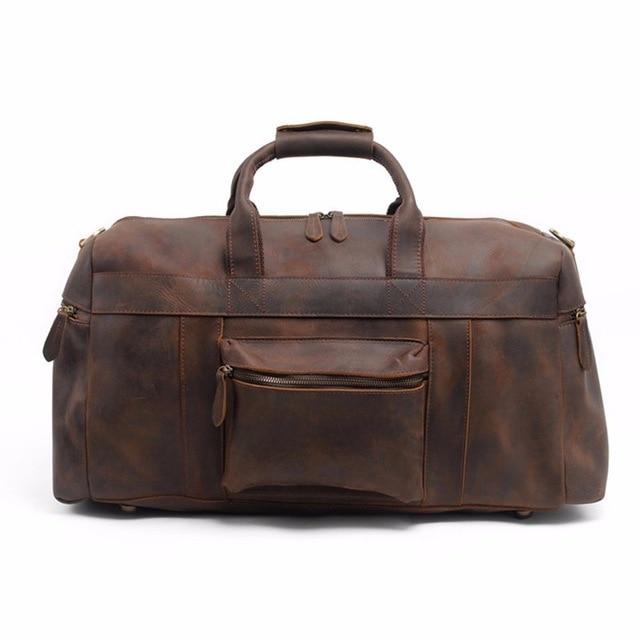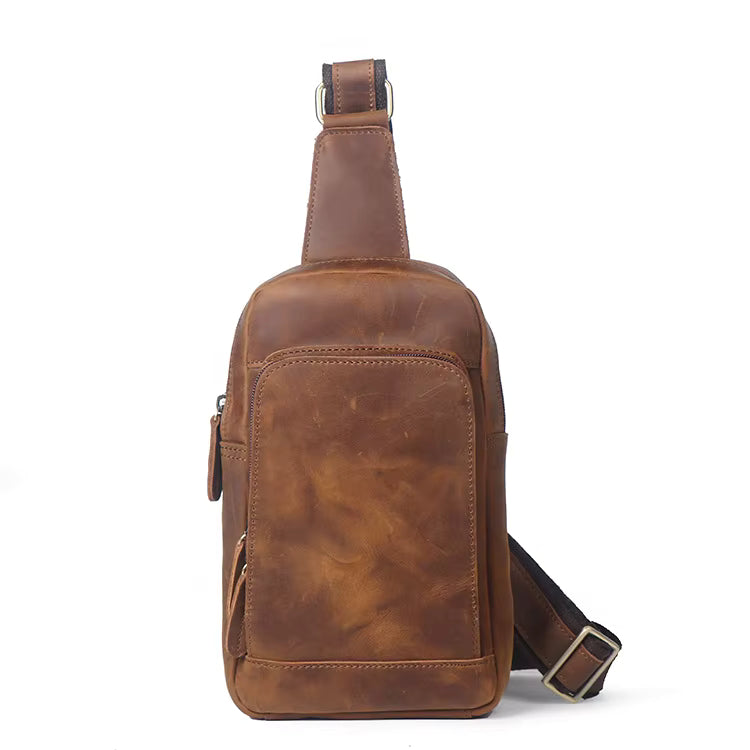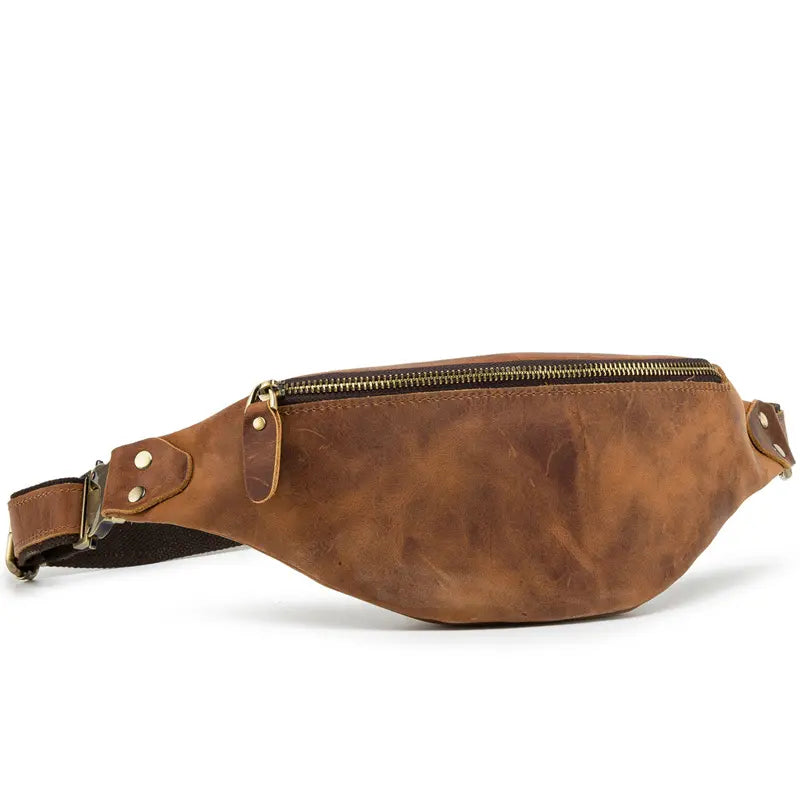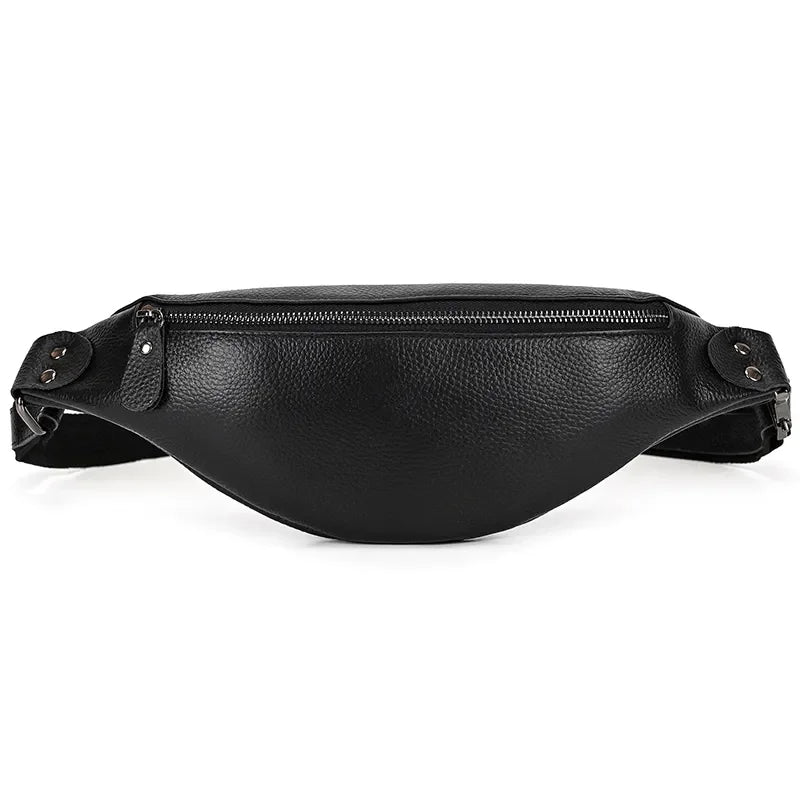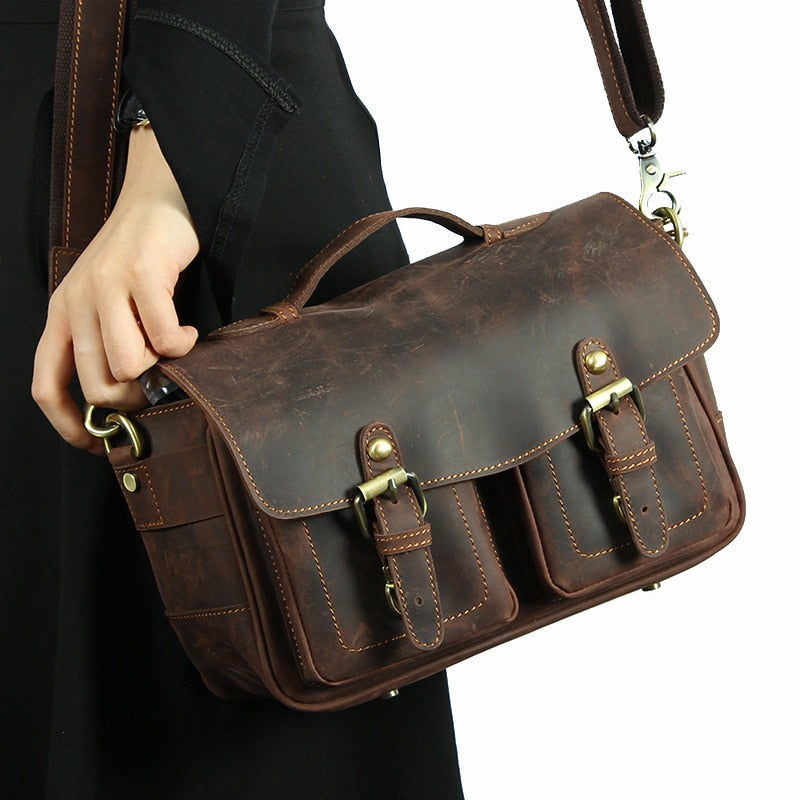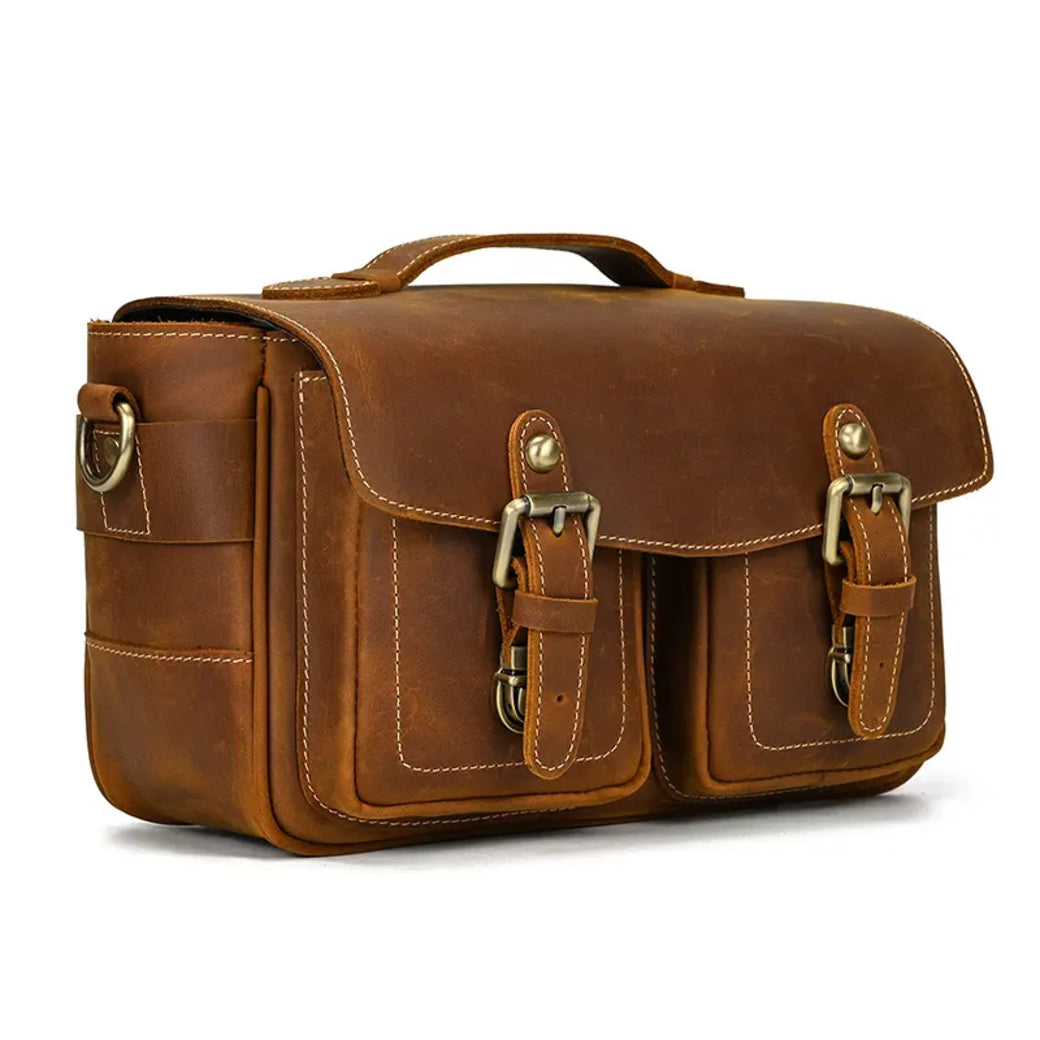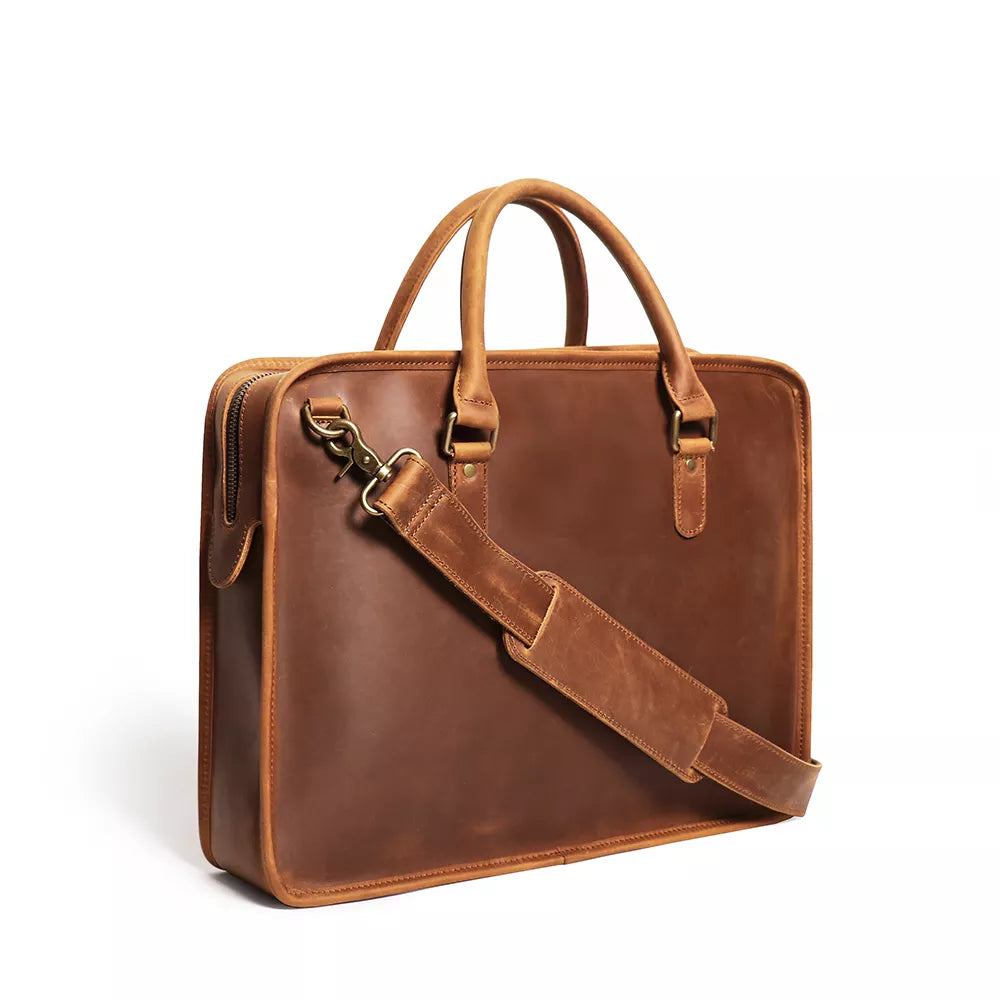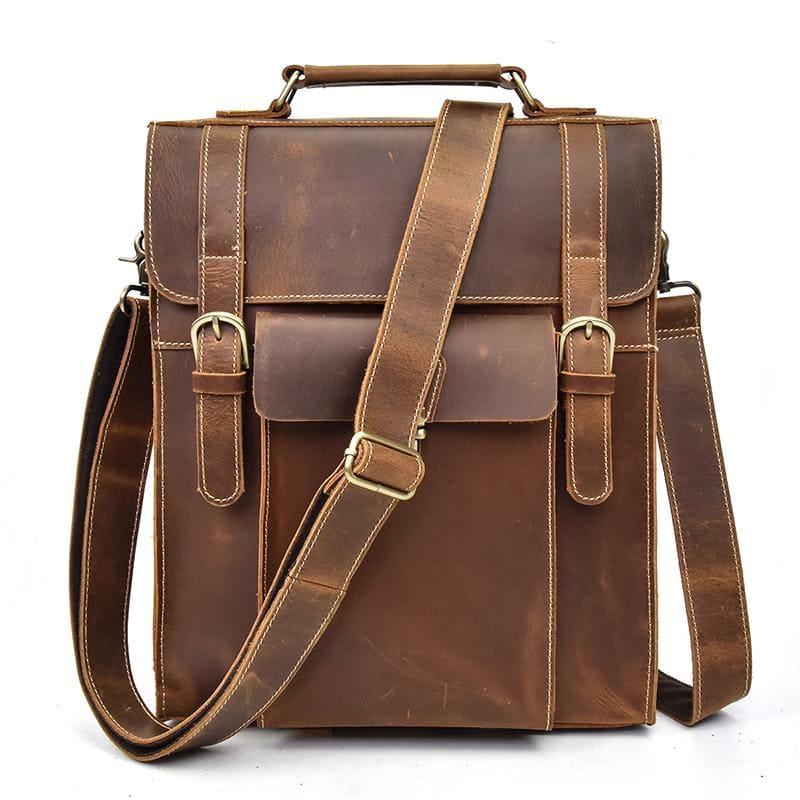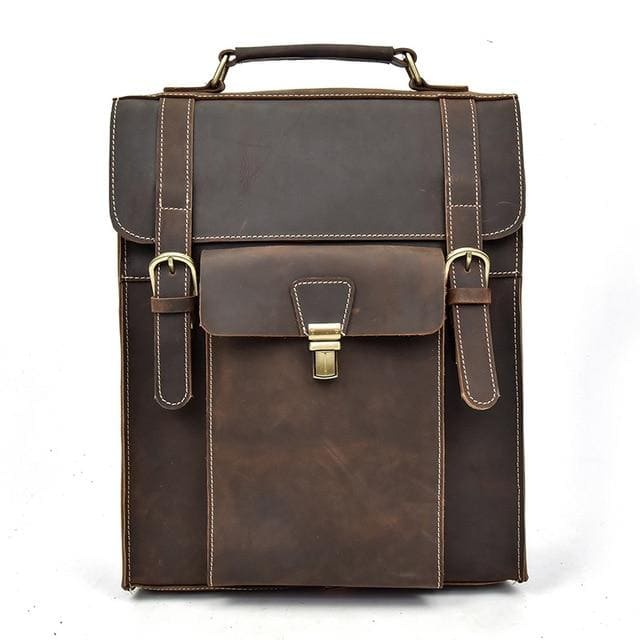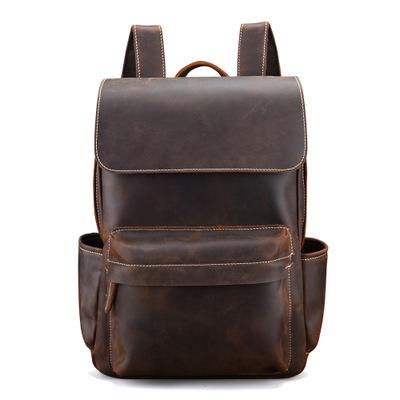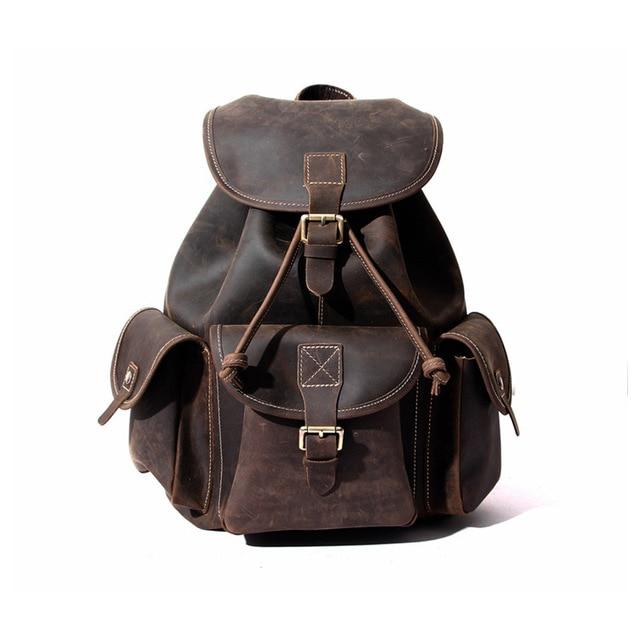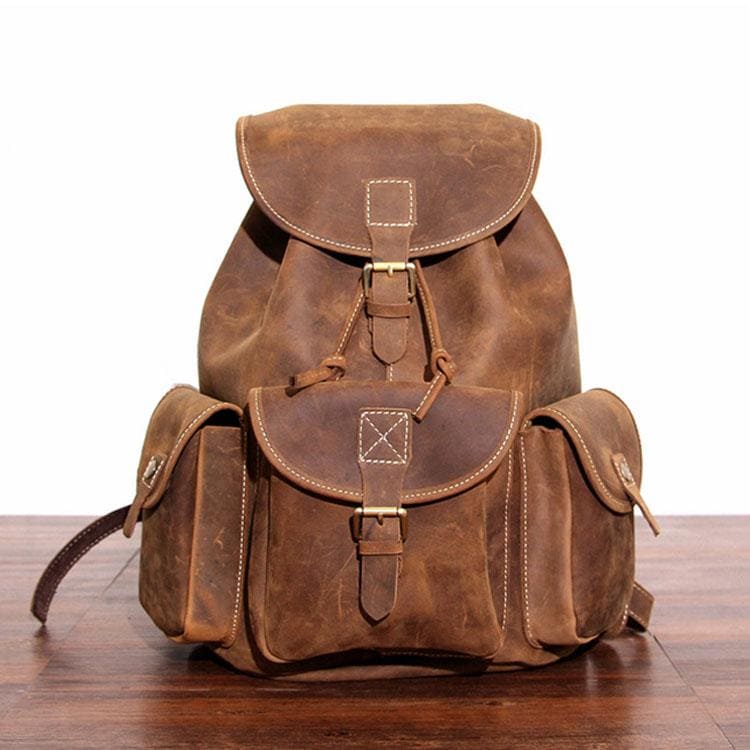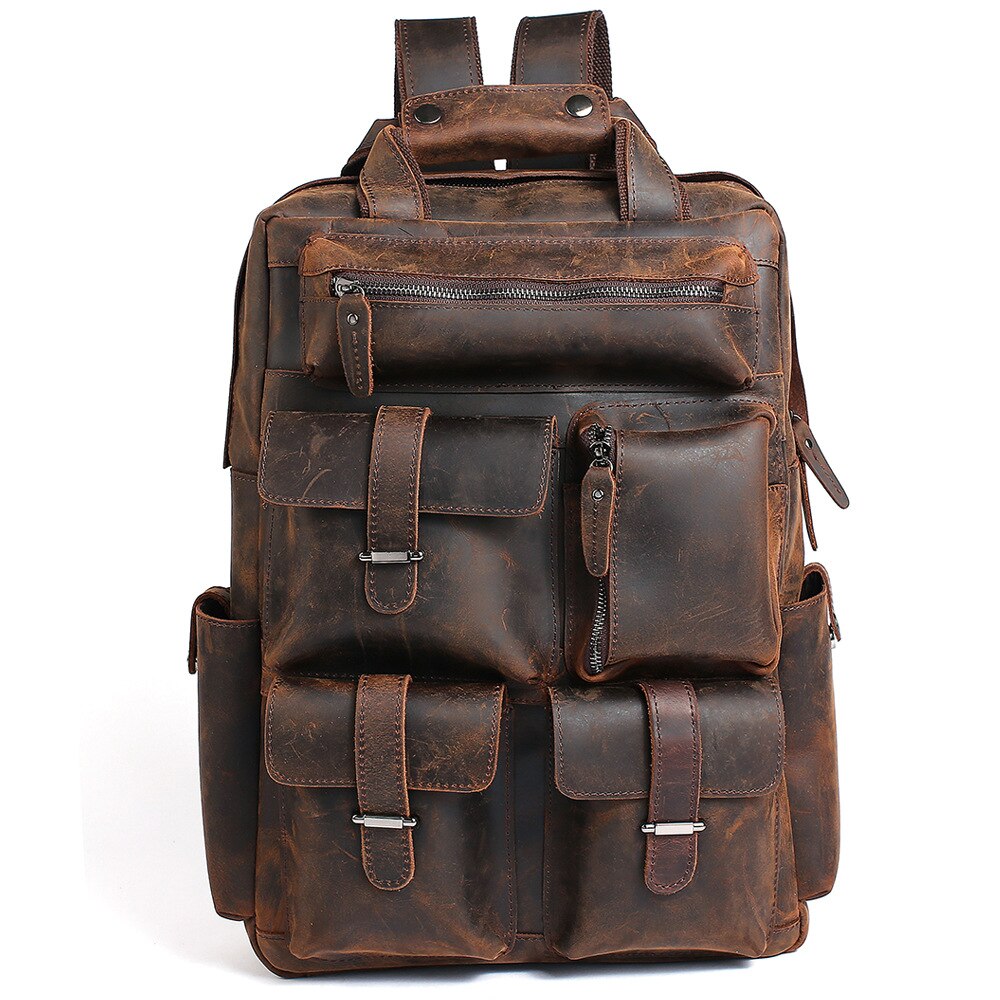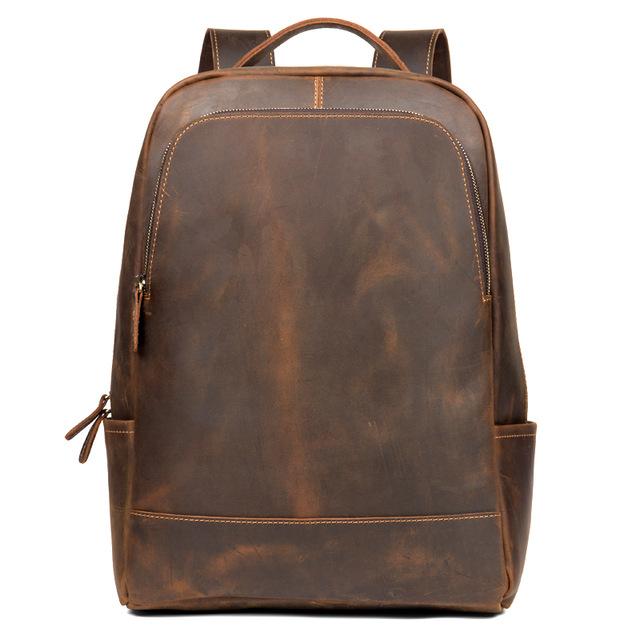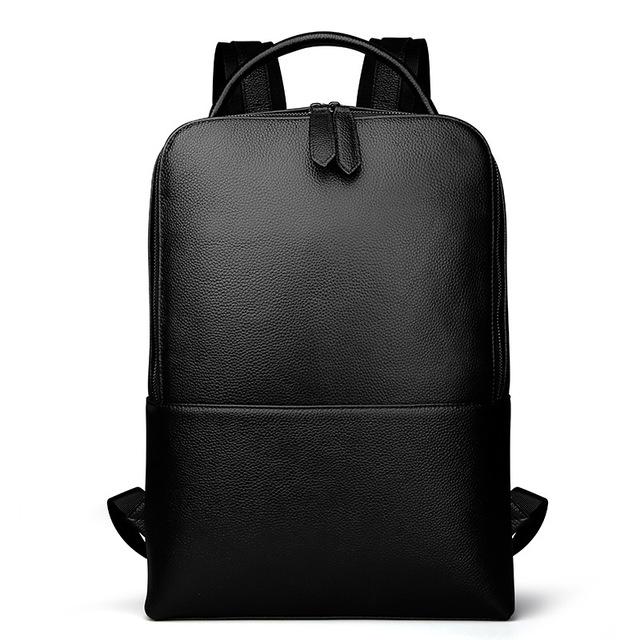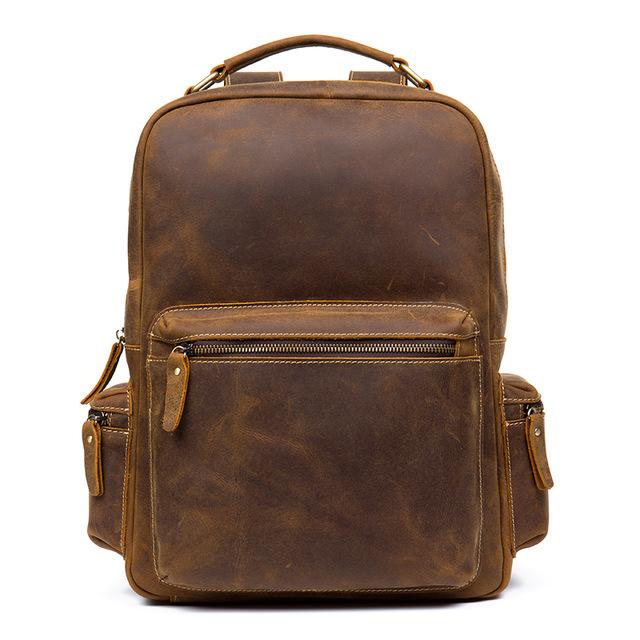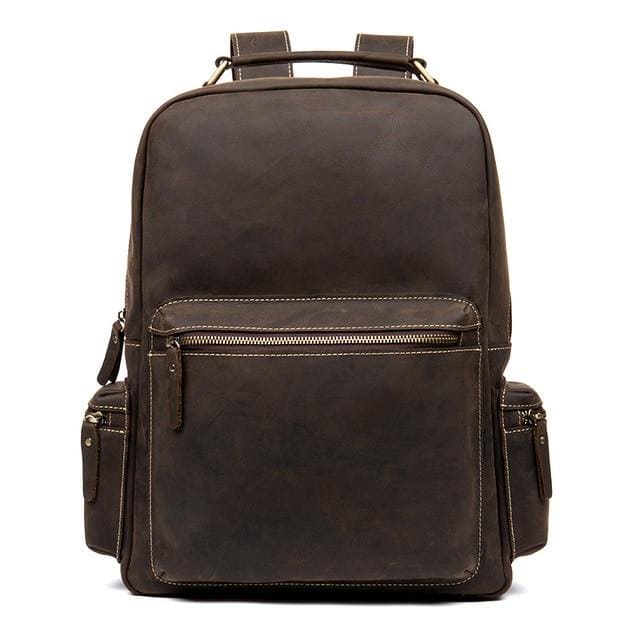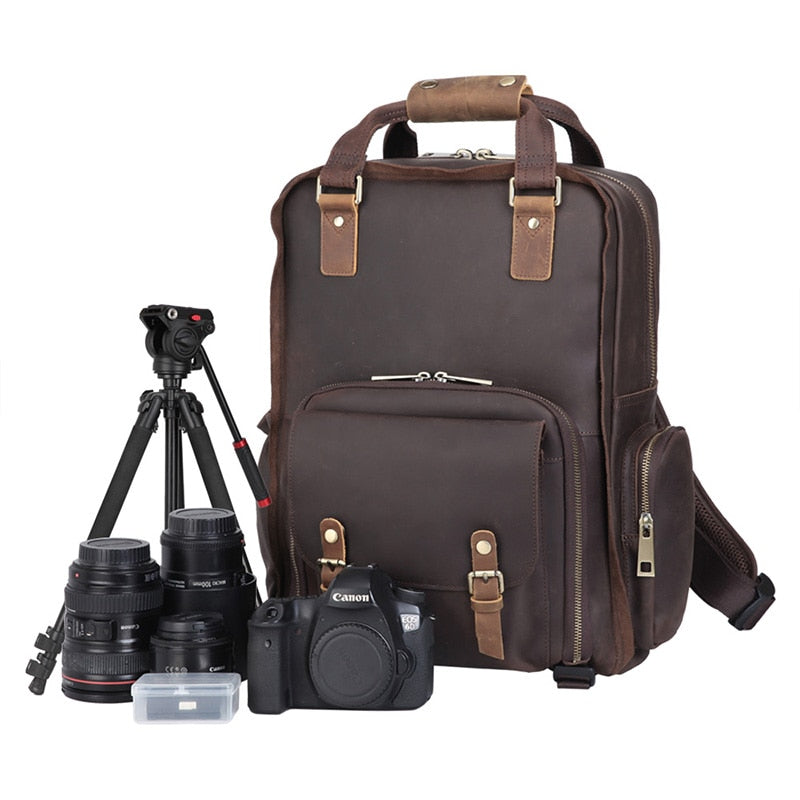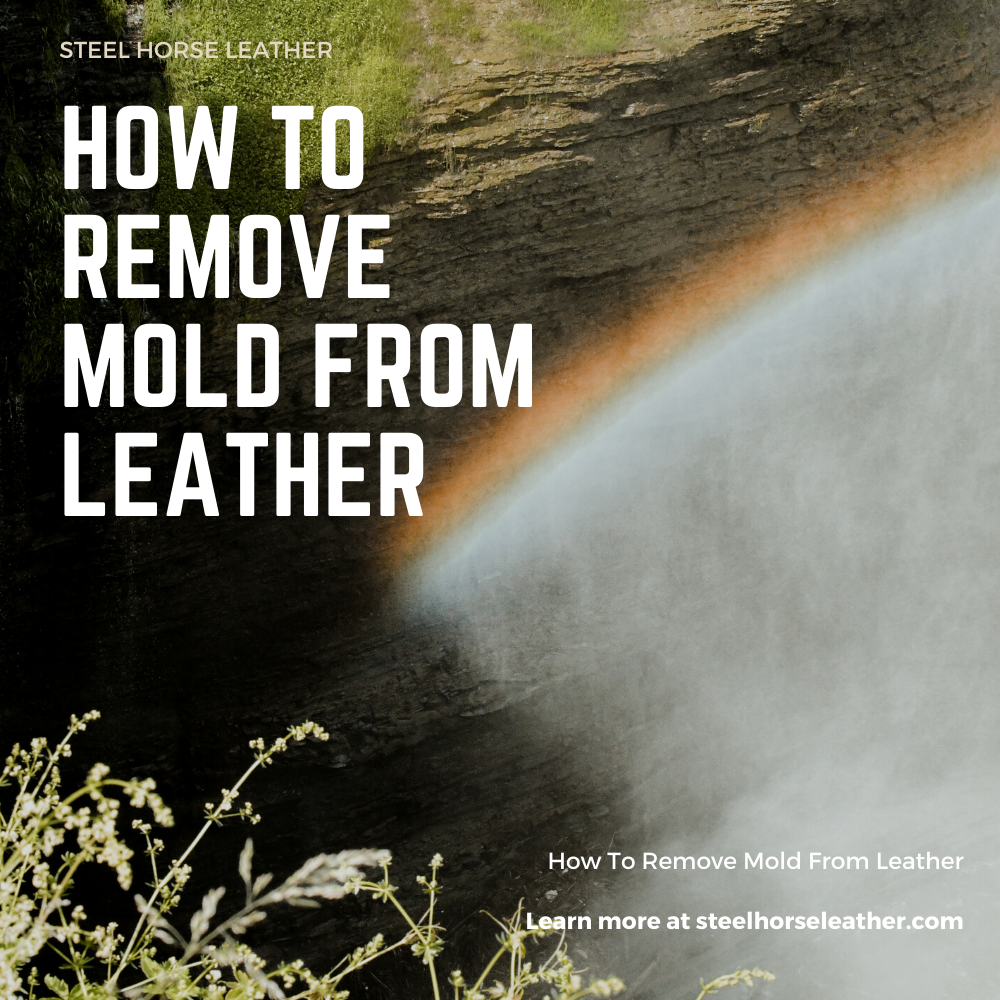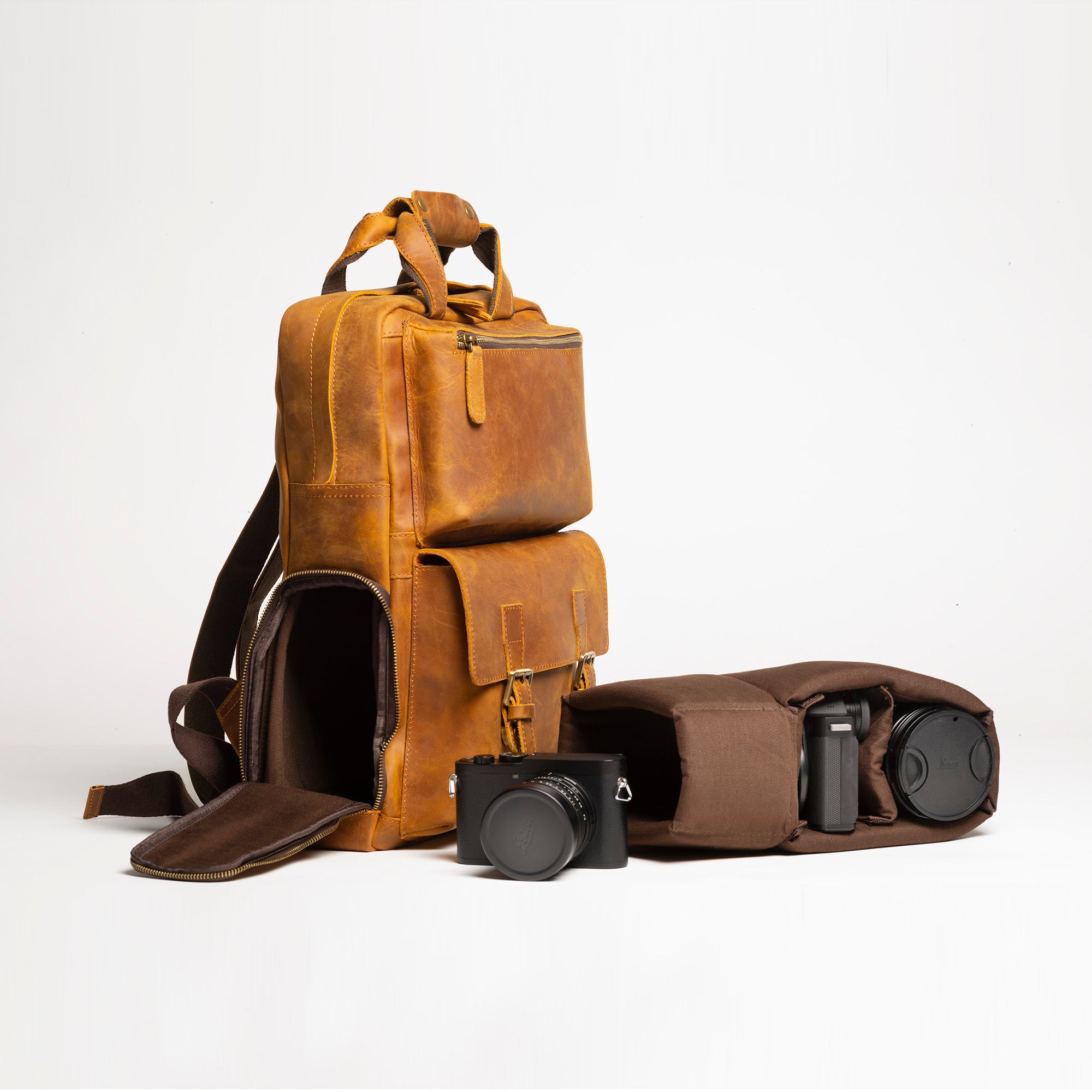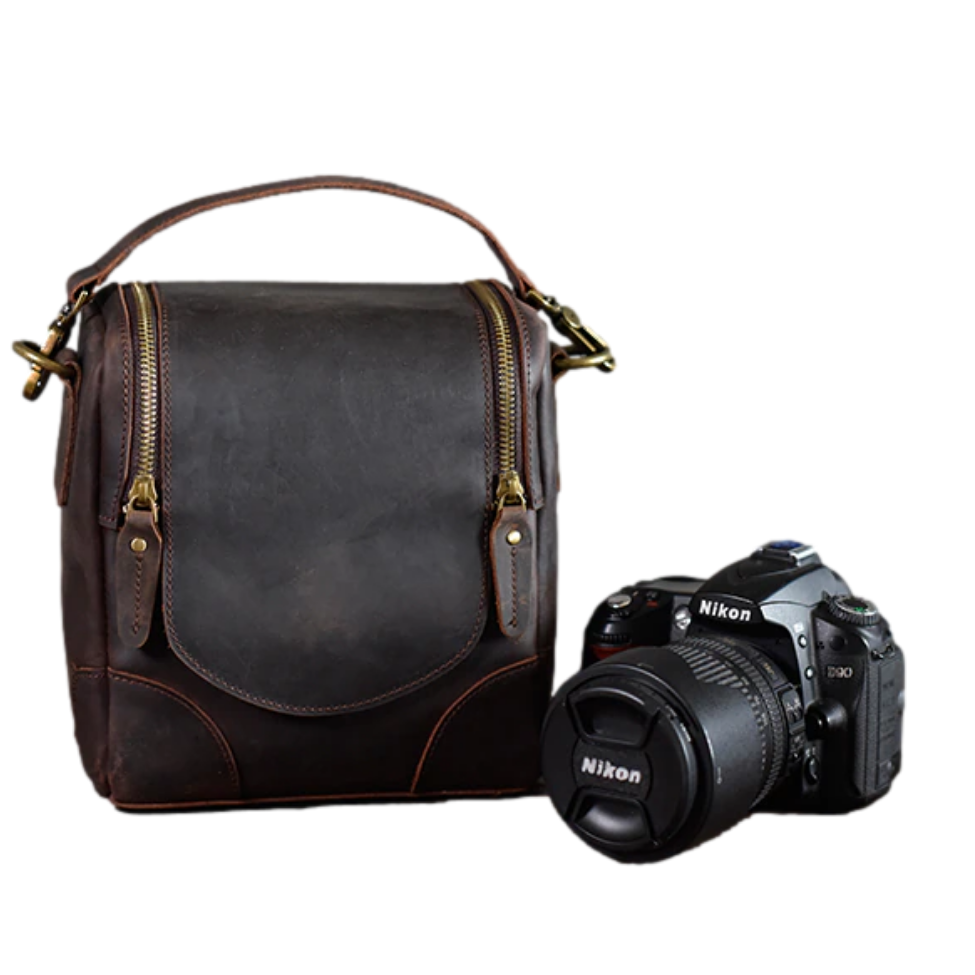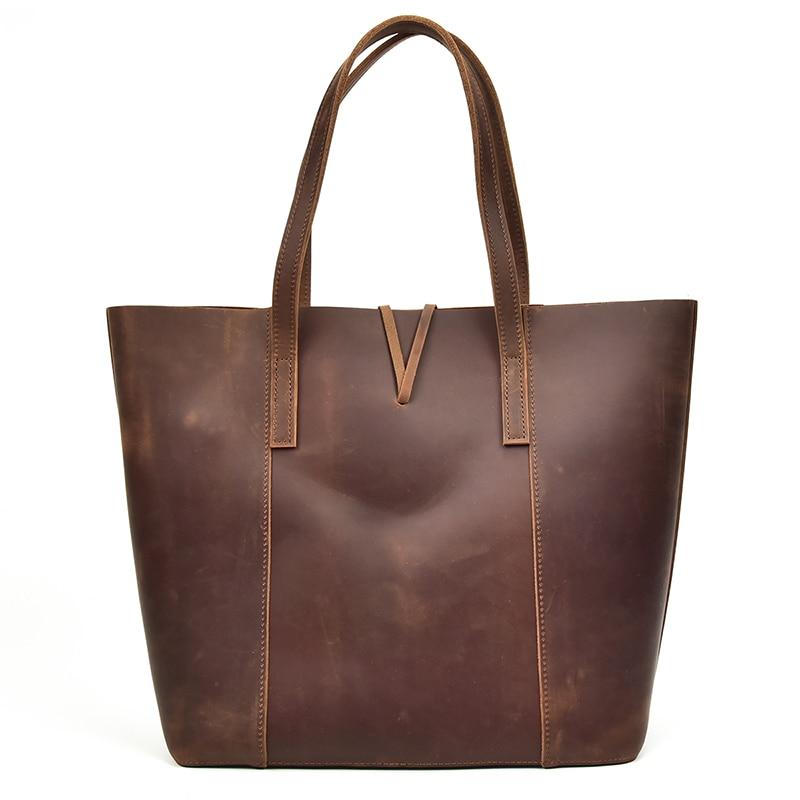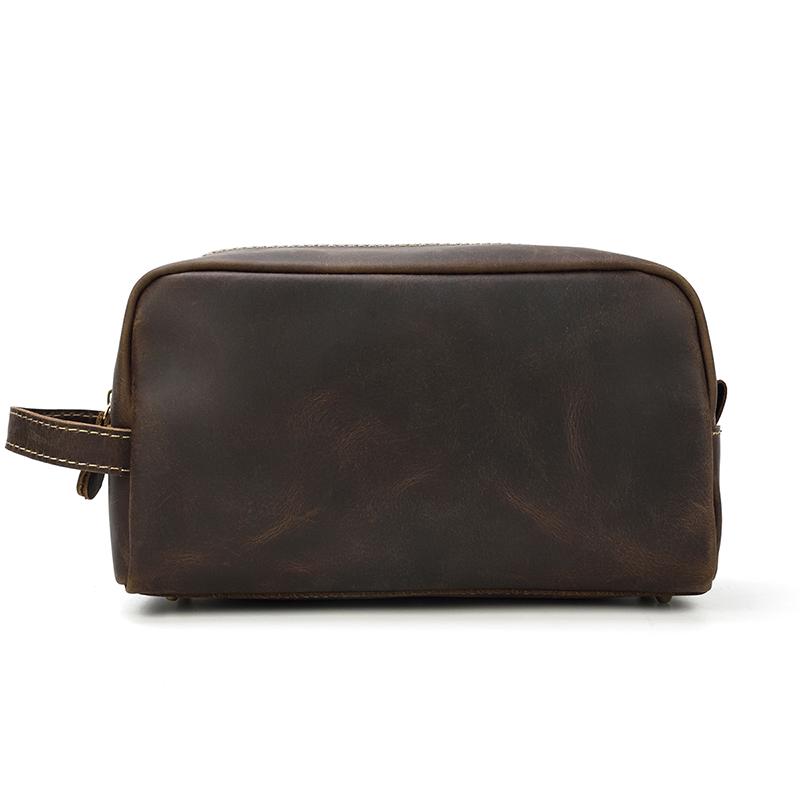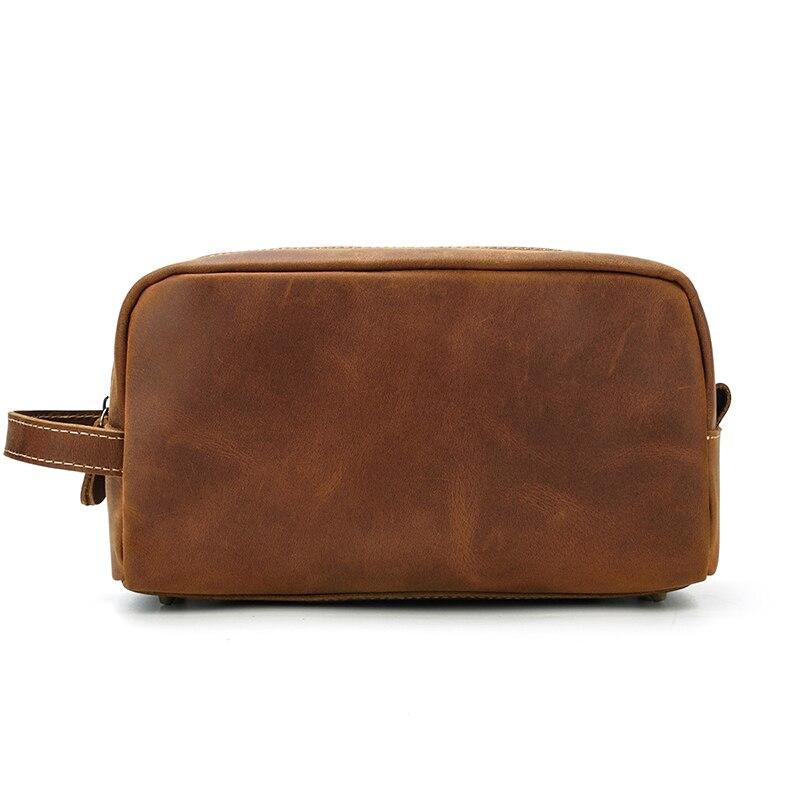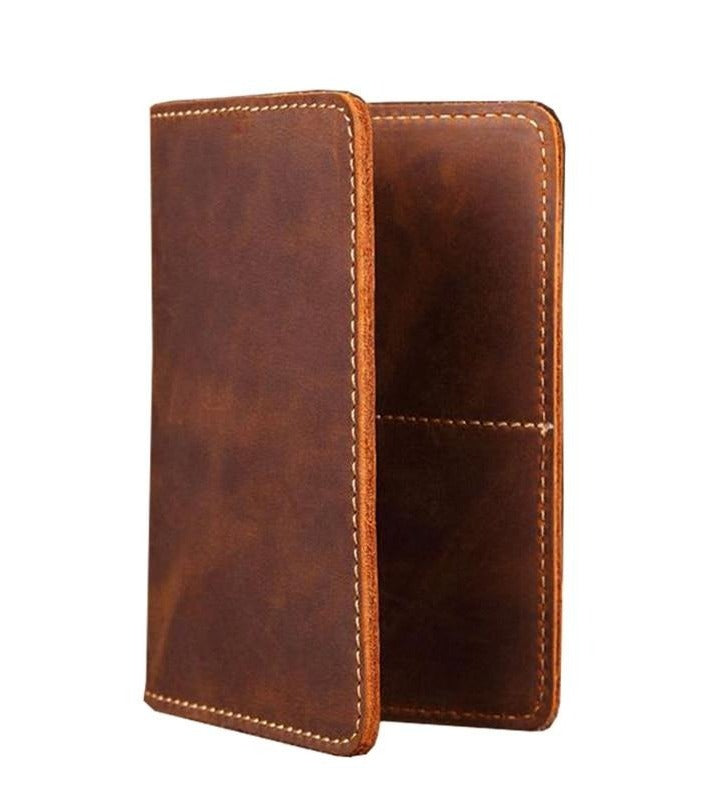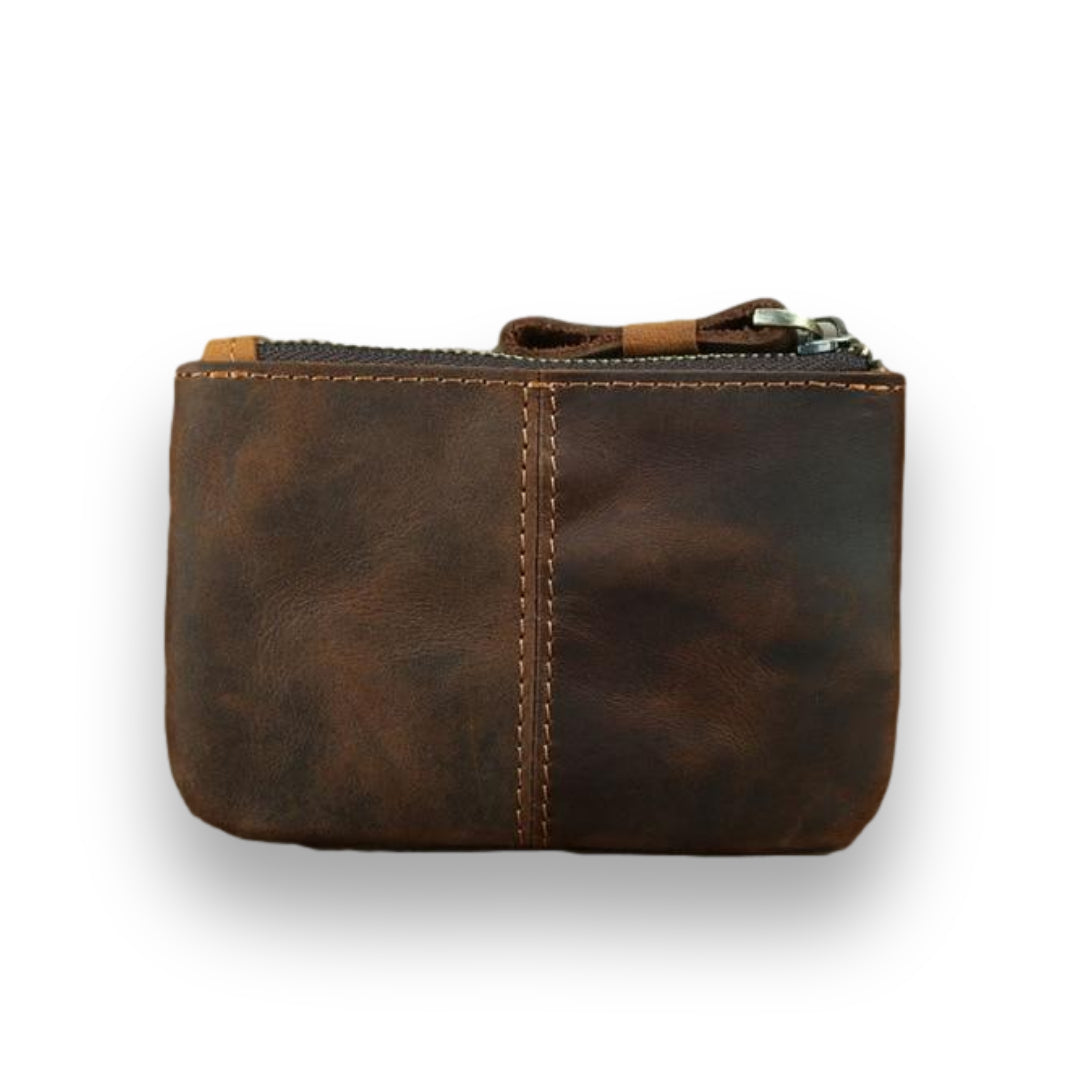Leather is a timeless material that adds sophistication to any outfit or space. The type of leather that you own and how it was tanned can affect how you clean and maintain it. In this article, we will teach you how to clean and care for your leather, as well as explain why it's important to keep it clean and in good condition. We will also cover the steps you need to take before you start cleaning. We have listed down tips and tricks for maintaining the quality of your tanned leather so that it lasts longer. Whether you have a leather couch, wallet, or other items that need attention, read on to learn how to keep them looking good.
Understanding Tanned Leather | How to Clean Tanned Leather Guide

Tanned leather is a popular and durable material that is used to create various products such as wallets, leather bags, leather shoes, and leather couches. Understanding the different types of tanning processes can help determine the appropriate cleaning and maintenance methods for tanned leather. Taking care of tanned leather can make it look and last longer. To keep it looking good, you can clean it with a soft cloth, use a leather conditioner, and keep it in a warm, dry place. Storing it well, avoiding sunlight or heat, and fixing stains quickly can also keep it lasting longer. Taking care keeps tanned leather worthwhile.
Different Types of Tanned Leather and Their Care Requirements | How to Clean Tanned Leather Guide

Taking care of your leather products is important for keeping them in good condition. Different tanning processes and the quality of leather can help you decide what to do to keep them looking their best. Full-grain, non-treated leather does not need much care, but it needs to be kept in good condition by regularly cleaning and conditioning it. Taking care of suede, a delicate leather that requires special care, and saddleback leather, which needs frequent brushing, is also more challenging. These types of leather develop a patina with time and don't need as much regular care. Knowing the type of leather used and taking care of it can keep your products looking good longer.
Identifying Vegetable-Tanned Leather
Tanned leather comes in various types, each with a unique set of features and care requirements. Vegetable-tanned leather is a type of leather that looks natural and gets darker with age. To identify this type of leather, look for its distinctive texture and natural color that distinguishes it from chrome-tanned leather. Veg-tanned leather needs to be kept moist and warmed up often to avoid breaking. It can be treated with natural oils like olive oil to keep it flexible and prevent cracks. By following these guidelines, you can keep your vegetable-tanned leather products looking their best for years to come.
Understanding Chrome-Tanned Leather
When it comes to leather products, chrome-tanned leather is the most commonly used type in commercial products. Its popularity stems from its durability and water resistance, making it an ideal choice for shoes, upholstery, and bags. However, it's essential to take proper care of chrome-tanned leather to maintain its quality over time. Harsh chemicals or harsh cleaning methods can damage the finish, so it's important to use soft cloths, rags, or paper towels to keep your surfaces clean. To keep the material supple and prevent cracking, apply a conditioner designed specifically for chrome-tanned leather. Regular maintenance can significantly extend the lifespan of your chrome-tanned leather products.
Comparing Vegetable-Tanned and Chrome-Tanned Leather
When it comes to comparing vegetable-tanned and chrome-tanned leather, there are various factors to consider. The tanning process for vegetable-tanned leather does not involve harsh chemicals. Over time, the leather develops a natural grain pattern, but it requires regular care to maintain its condition. But it can last longer than chrome-tanned leather. However, it may not develop the same patina over time that vegetable-tanned leather does. It's important to choose between the two types of tanned leather-based on your needs and preferences. Each type has benefits and drawbacks.
Cleaning Vegetable-Tanned Leather
Maintaining the beauty and durability of your vegetable-tanned leather requires proper cleaning methods. Before starting, use a soft-bristled brush to remove any dirt or debris from the surface. Use mild soap and warm water to clean the leather. Use a damp cloth or cotton swab to clean it gently. It's important to avoid using harsh chemicals or abrasive materials that can damage the natural texture of the leather. Once you have finished cleaning, make sure to air dry the leather away from direct sunlight or heat sources. Following these simple steps will help you keep your vegetable-tanned leather looking its best for years to come.
Cleaning Chrome-Tanned Leather
To clean chrome-tanned leather, take care when cleaning it to avoid damaging the surface. Chrome-tanned leather is popular for its durability and versatility, but harsh chemicals or abrasive materials can ruin its finish. To clean this type of leather, start by wiping it with a soft cloth to remove any dust or dirt that has accumulated on the surface. Then, use a solution of mild soap and warm water to clean it. Use a soft-bristle brush to gently apply the solution. Rinse thoroughly with clean water and allow the leather to air dry completely before conditioning. By taking these steps, you can keep your chrome-tanned leather looking great for years to come.
Why You Need to Clean and Maintain Tanned Leather | How to Clean Tanned Leather Guide

Regular cleaning and maintenance of tanned leather is crucial for maintaining its integrity and longevity. Not taking care of your leather items can make them dirty, grimy, and hard to clean, which can cause them to get hurt. By cleaning your tanned leather regularly, you remove these contaminants and prevent them from causing further damage. Proper maintenance also helps retain the leather oils, keeping it soft and supple. Not taking care of leather that has been tanning can cause it to dry out, become cracked, get darker, and break down over time. Taking care of your tanned leather ensures that it lasts for years to come.
Pre-Cleaning Preparations
Before cleaning tanned leather, it is essential to take a few pre-cleaning measures to ensure a successful outcome. The first step is to identify the type of leather and check for any special cleaning instructions. Different types of tanned leather, such as vegetable-tanned and chrome-tanned, require different care methods. After identifying the type of leather, remove any surface dust or dirt with a cleaning brush or vacuum cleaner. It is important to test cleaning solutions on a small, discreet area of the leather item before using them on the whole item. Also, do not use water or harsh chemicals that can damage the soft surface of tanned leather. Use special leather conditioners to keep it soft and glossy. By taking these simple precautions, you'll be able to clean and maintain your tanned leather items easily and effectively.
Test Cleaning Solutions
Before cleaning tanned leather, it's crucial to test any cleaning solutions on a small, affected area. Care and cleaning of different types of leather depend on the type of leather and the product, so it is important to read the instructions or ask a professional for help. Some options for cleaning leather include using a bit of saddle soap and water, vinegar, and water, or special cleaners. However, avoid using harsh chemicals or abrasive materials that can damage the leather's finish. After using the cleaning solution, clean the whole surface of the leather gently with a soft cloth or a damp sponge. By testing the solution first, you can keep your favorite leather items looking new for a long time.
Gently Dust the Leather Surface
To ensure the longevity of tanned leather, it's crucial to keep it clean and free of any surface dust or debris. Dusting the leather surface gently is an essential step before moving on to cleaning and conditioning. Neglecting this step can lead to scratches or marks on the leather surface. It is advised to use a soft brush or dry cloth to clean the leather surface. Make sure not to use water or any cleaning agents at this point, as they may further damage the leather. Once you have removed all surface dust, you can proceed with appropriate cleaning and conditioning products for tanned leather.
Cleaning Tanned Leather | How to Clean Tanned Leather Guide

Maintaining tanned leather in pristine condition requires the right cleaning methods. Keep in mind not to use water when cleaning tanned leather. Instead, use a soft-bristled brush or a cloth to remove dirt and dust before using a straight leather cleaner. After cleaning, it's essential to condition the leather regularly to prevent cracking and keep it moisturized. Keeping leather items in a cool, dry place will keep them looking good for a long time. These simple tips will help you keep your leather items looking good for a long time.
How to Make a Cleaning Solution for Tanned Leather | How to Clean Tanned Leather Guide
When it comes to cleaning tanned leather, it's essential to use the right cleaning solution. Making your own cleaning solution is a simple way to keep your leather clean without causing damage to the surface. Mix equal parts white vinegar and water to create a gentle cleaning solution that won't cause any harm. Before you use the solution, you should check it out on a small, secret part of the leather to make sure it won't hurt the leather. Then, use a soft cloth and rub in a circular motion for the best results. Remember not to use harsh chemicals or abrasives as they can damage the surface of tanned leather.
How to Apply the Cleaning Solution on Tanned Leather | How to Clean Tanned Leather Guide
When it comes to applying a cleaning solution on tanned leather, it's essential to proceed with caution. Before using a solution to fix the problem, try it out on a smaller section of the item to see if it causes stains or damage. Once you figure out a safe way to fix it, use a soft, damp towel and gently rub it in a circular motion. Be careful not to use too much water or rub too hard as this can cause damage to the leather. After cleaning, make sure the leather dries completely and then treat it to keep it looking nice. Remember, regular cleaning and conditioning will help keep your tanned leather looking great for years to come.
Conditioning Tanned Leather | How to Clean Tanned Leather Guide

Taking care of tanned leather doesn't end with cleaning it. Conditioning is also a critical step in maintaining the quality and durability of your leather items. Conditioning tanned leather keeps the material soft and flexible, preventing it from cracking or drying out. A thin layer of high-quality leather conditioner should be applied, letting it soak in for several hours or overnight before wiping off any excess. Be careful not to over-condition, as this can cause the material to become too greasy or prone to stretching. With regular conditioning, you can keep your tan leather items looking good for a long time.
Making a Conditioner for Tanned Leather
Making your own leather conditioner is a simple way to keep costs down and make sure your leather items get the care they need. A natural conditioner made from ingredients like honey, oil, and butter can keep your leather soft and pliable without exposing it to harsh chemicals or added ingredients. Simply melt the ingredients in a pot on the stove and apply the mixture with a soft cloth. This is an easy, cost-effective solution that allows you to tailor the conditioner to your needs.
Applying the Conditioner on Tanned Leather
Conditioning tanned leather is a crucial step to maintaining its quality and longevity. Before applying the conditioner, it's essential to clean the leather thoroughly with a damp cloth. To use the conditioner, take a small amount and rub it into the leather in a circular motion with a soft cloth or sponge. Ensure that you work the conditioner into all areas of the leather, including seams and creases. Leave the conditioner to soak in for at least 30 minutes before wiping away any excess with a clean cloth.
Regular conditioning is necessary to keep tanned leather items supple and prevent cracking and dryness. As such, it's recommended to condition your leather goods every few months or as needed. These steps will help keep your leather items in good condition for a long time.
Tips for Maintaining Tanned Leather | How to Clean Tanned Leather Guide

To make your leather items look nice again, you have to work hard. But it's definitely worth it to keep your favorite items from becoming worn. Keeping them clean is very important to keep dirt and dust from building up on their surface and making them look old or faded. Using a soft-bristled brush or cloth to remove debris is an easy way to prevent damage. In addition, applying a conditioner every few months can help keep the leather supple, preventing cracking and dryness. It is important to keep leather goods stored in a cool, dry place to keep them from fading or warping. By following these expert tips, you'll be able to enjoy your tanned leather items for years to come.
Regular Cleaning Schedule
Regular cleaning is key to maintaining the appearance and longevity of your tanned leather items. Establishing a cleaning schedule can help ensure that you keep your leather clean and well-maintained. To begin, use a soft-bristled brush or cloth to remove any dirt, dust, or debris from the surface of the leather. Avoid using harsh chemicals or abrasive materials that can damage the leather. Conditioning tanned leather with a balanced leather conditioner can also help keep it supple and prevent cracking. Making this simple task a part of your routine will undoubtedly benefit your leather items in the long run.
Avoiding Exposure to Direct Sunlight and Heat
Tanned leather is a delicate material that requires regular care and attention to maintain its appearance and longevity. One of the most critical factors in preserving tanned leather is avoiding exposure to direct sunlight and heat sources. When leather is exposed to the sun or heat, it can become brittle, fade, and crack over time. To keep it from happening, keep your leather items in a cool, dry place to prevent them from breaking. If they get wet, use a cloth to absorb the moisture and let them dry naturally in a well-ventilated area. By taking these simple precautions, you'll help keep your tanned leather looking its best for years to come.
Investing in Protective Products
Protective products are an essential investment for anyone looking to maintain the quality of their tanned leather. Protecting your leather belongings from damage is important. Things like leather conditioners and waterproofing sprays can help keep them longer. Conditioners are especially useful in restoring natural oils that may have been lost due to wear and tear. Waterproofing sprays, on the other hand, provide protection against water damage and grease stains.
It is crucial to choose protective products specifically made for tanned leather to avoid any damage or discoloration. Using these products regularly can help you keep your leather items looking young and healthy. By investing in protective products, you're ensuring that your investment will stay in top condition for years to come.
Use a Soft Cloth
When cleaning tanned leather, one important thing to remember is the type of cloth you use. A soft cloth is a must-have for maintaining the quality of your leather items. Harsh or rough fabrics can damage the surface of the leather, causing scratches or even tearing it apart. This is why a microfiber towel is an excellent choice for wiping down tanned leather items. They are gentle, absorbent, and do not leave behind any lint or residue that could damage the surface.
Wiping your tan leather items with a soft cloth often keeps them clean and free from dirt and grime. It also helps maintain its natural shine and extends its lifespan. Keep your leather looking nice by using gentle cleaning products and a soft cloth to keep it in good condition.
Test Cleaners Before Use
It is important to test cleaning products on a small area before using them on the entire surface. Different types of leather can react differently to cleaners. It's important to choose a cleaner that is right for your type of leather. Testing a small, inconspicuous spot can prevent damage or color change that can happen when you use the wrong cleaner. It's also important to avoid using harsh chemicals or rough materials that can strip the natural oils from the leather and cause damage over time.
Using a special leather conditioner can also keep it from drying out and becoming damaged. Taking steps like this can help keep your leather items in good condition and make them last longer.
Condition Regularly
For tanned leather to remain in good condition, it needs regular conditioning. Conditioning helps keep your leather from drying out and cracking. It's important to use a conditioner made of tanned leather and follow the directions carefully to keep it in good condition. Apply a thin layer of conditioner using a soft cloth or sponge, gently rubbing it in until it is absorbed. Avoid over-conditioning, as this can lead to a buildup of oils on the surface that can dull its appearance. With regular conditioning, your tanned leather items will continue to look and feel great for years to come.
Avoid Excess Moisture
Excess moisture can wreak havoc on tanned leather, causing it to shrink, swell, or even change color. To keep your leather looking and feeling its best, don't let it get wet much. If your tanned leather does get wet, use a soft cloth or dry towel to dry it off immediately. Regularly conditioning your leather with a specialized conditioner can also help prevent drying out and cracking caused by excess moisture. To keep your tan leather items from deteriorating, keep them away from heat and sunlight.
Protect from Sunlight
Leather is a material used to make things like jackets and bags that look nice and last for a long time, but you need to keep them safe from the sun to keep them looking good and lasting a long time. Exposure to direct sunlight can cause tanned leather to fade, dry out, and become brittle over time. To keep your leather items from getting damaged by the sun, keeping them in a cool, dry place and regularly treating them can keep them looking and functioning well. These simple steps will help keep your tanned leather items in good condition for a long time.
Store Properly
Storing tanned leather correctly is essential for maintaining its quality and durability. Improper storage can cause discoloration, mold growth, or even lead to irreparable damage. It is best to store tanned leather in a cool, dry place with good air circulation to prevent moisture buildup. Using acid-free paper or cotton balls to wrap leather items can keep them looking good and prevent dust from building up. Never store leather items in plastic bags as this can trap moisture and damage the material. Storing your tanned leather properly will ensure that it stays in top condition for many years to come.
Use Leather-Specific Cleaners
When it comes how to clean tanned leather, using the right products is crucial. Regular household cleaning products can damage the surface of the leather, leading to discoloration and cracks. This is where leather-specific cleaners come into play. These cleaners are specially designed to get rid of dirt, oil stains, and other impurities from leather without damaging the item. Purchasing a high-quality leather cleaner ensures that your leather items look good for longer and keep them from deteriorating. Just remember to follow the manufacturer's instructions when using these cleaners to avoid damaging the material.
Conclusion
Tanned leather is an investment and deserves proper care to ensure its longevity. Whether it's veg tanned or chrome-tanned, understanding the type of leather you have and its care requirements is crucial. Regular cleaning, conditioning, and maintenance are essential for keeping your tanned leather items looking their best. Before cleaning, make sure to test any cleaning solutions on a small, inconspicuous area to avoid damaging the leather. Also, avoid exposing your tanned leather products to direct sunlight and heat. Follow our tips and tricks guide for cleaning and maintaining tanned leather to keep it looking as good as new for years to come.
FAQs
How can I prevent my tanned leather from cracking or fading over time?
To keep your leather from cracking or fading, don't let it get too hot or stay in the sun. Additionally, applying a leather conditioner or protectant regularly can help moisturize and protect the leather.
When cleaning tanned leather, use a soft, damp cloth and avoid using harsh chemicals or abrasive materials. Finally, store tanned leather in a cool, dry place away from moisture and humidity to ensure its longevity.
What are some common mistakes to avoid when cleaning tanned leather?
When cleaning tanned leather, it is important to avoid using harsh chemicals or cleaning agents that can damage the leather. Additionally, do not scrub vigorously or use abrasive materials, as this can scratch the surface. It's important to keep the leather dry and not heat it or put it in the sunlight because this can cause cracks and a change in color. Finally, be sure to avoid over-conditioning the leather, which can make it too soft and prone to stretching. By following these tips, you can help ensure your tanned leather stays in top condition for years to come.
What are some signs that it may be time to seek professional cleaning or repair services for my tanned leather items?
If you see dirty spots on your tan leather items, it may be time to get them cleaned or fixed. Additionally, scratches or cracks that cannot be fixed with conditioning products may require professional repair.
If you have tried to clean or fix your leather item but couldn't fix it, it is best to get a professional who can fix it. Doing research can help you find a reliable and experienced service provider.
What is the best way to store tanned leather items when not in use?
The best way to keep leather items when not using them is to keep them in a cool, dry place away from sunlight and heat. It is important to avoid storing leather items in plastic bags or containers as this can cause mold growth.
To help maintain their shape, stuff tanned leather items with acid-free tissue paper or a clean cloth. Additionally, consider using a leather conditioner before storing to help prevent cracking and drying out. Using this guide to clean leather can keep your items in good condition for a long time.
How can I protect my tanned leather items from damage and wear?
To keep your leather items from getting hurt and worn down, use a leather protector spray to prevent stains and water damage. Avoid exposing your items to direct sunlight or extreme heat, which can cause fading and cracking.
Clean your tanned leather regularly with a soft cloth or soft brush to remove dirt and dust. Keep your tanned leather items in a cool, dry place to keep them from spoiling. These tips will help keep them in good condition for a long time.
























